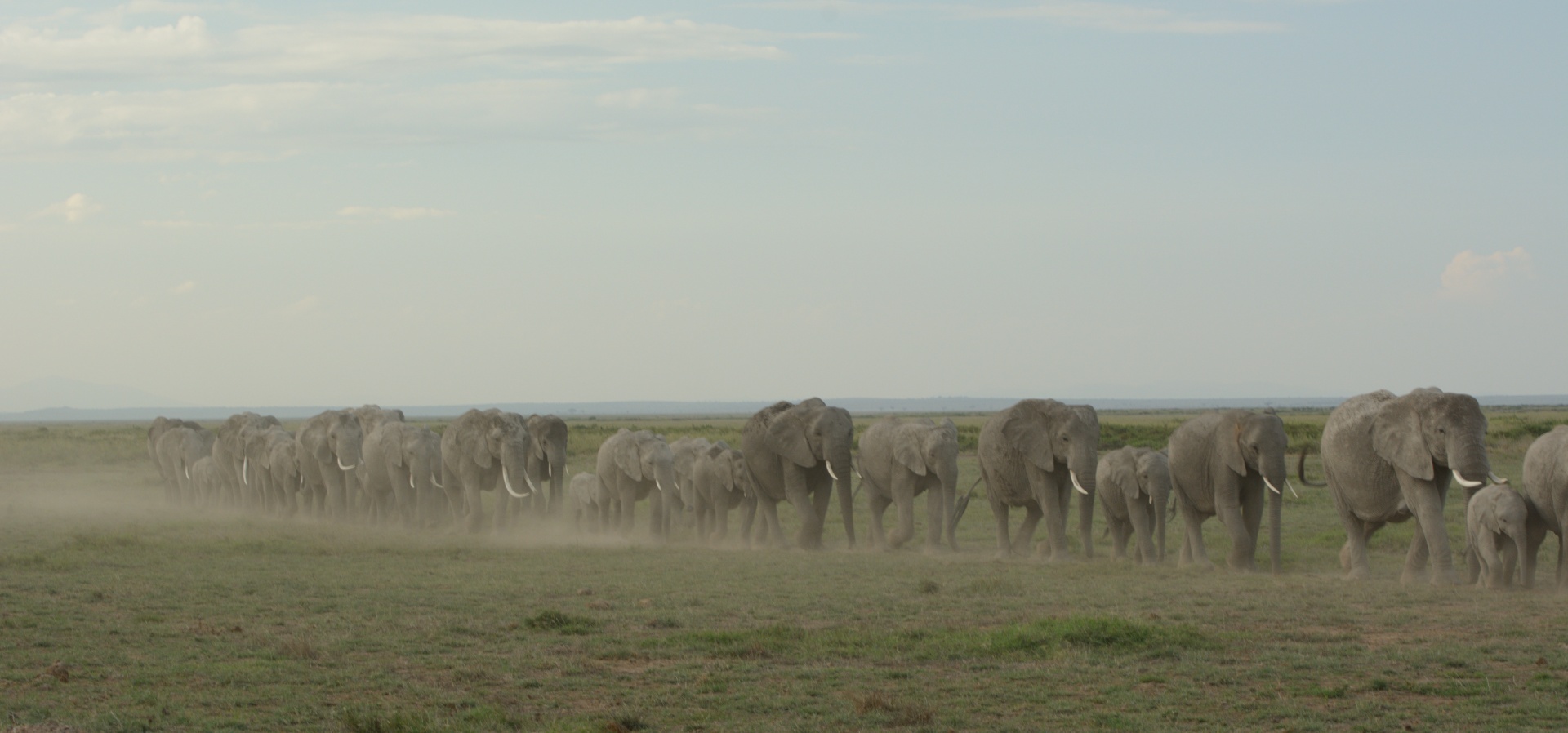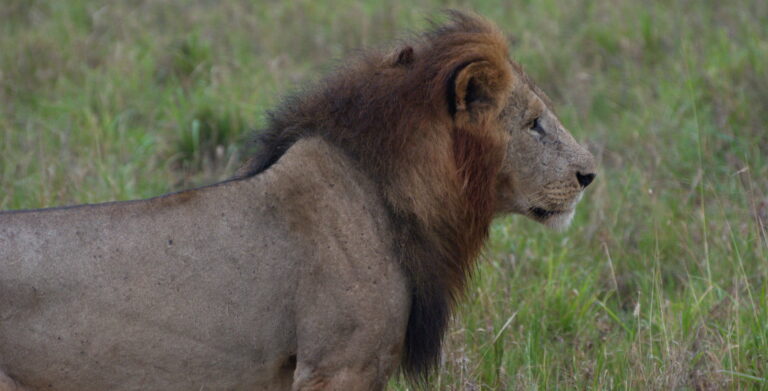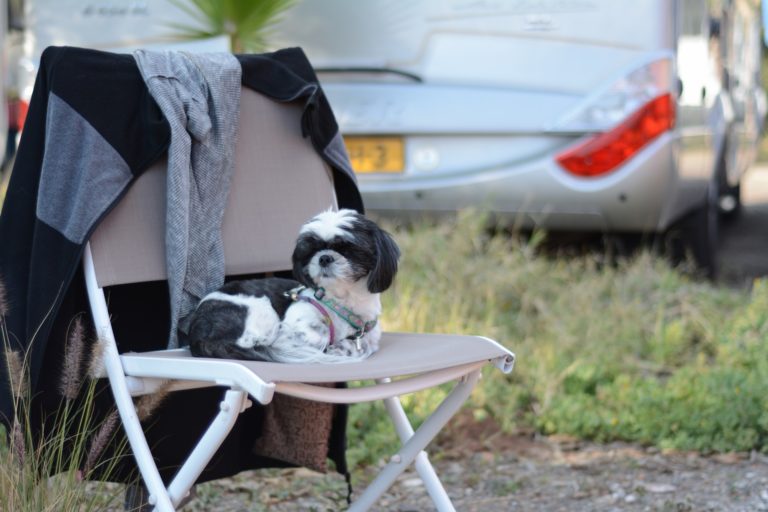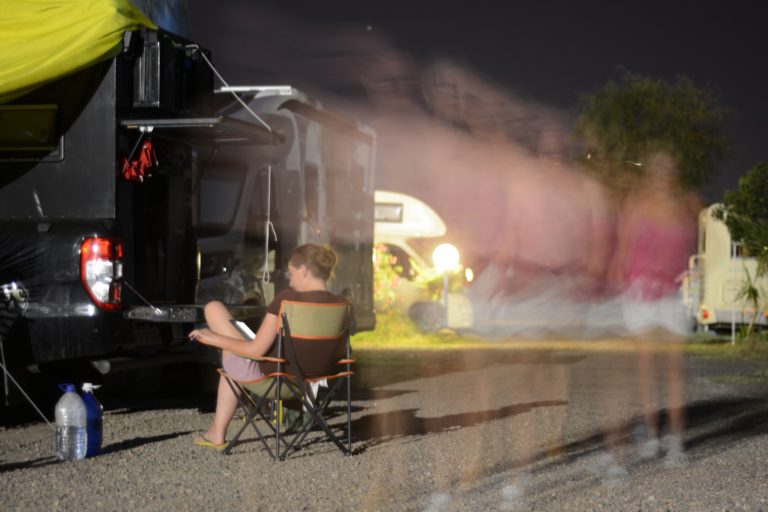More than three weeks in Egypt are enough for us and after the cultural overload, we were longing for some distraction. Checking possible destinations south to Egypt it turned out that Kenya is the next possible one. Sudan is too unstable, Ethiopia just started off a civil war and Somalia is obviously also off the table. So we organized a PCR test in Cairo and got on a plane straight to Kenya. Straight? Well, that would have been too easy. Of course, we only found a connection through the United Arab Emirates with a stop in the middle of the night in Sharjah. Be prepared for a lot of animal pictures in this blog post!

NAIROBBERY?
Before arriving in the capital Nairobi we had heard many stories about safety and that Nairobi is sometimes called Nairobbery for the many robberies that take place. Well aware that this might be a bit exaggerated, we booked a hotel in the safer Westlands of the city. Driving through the city from the airport, we had a pleasant first impression. The city is very green and looks certainly more appealing than for example Cairo. Nonetheless, we took taxis for longer distances and after getting dark. Being cautious and leaving valuables in the hotel safe did the trick for us.
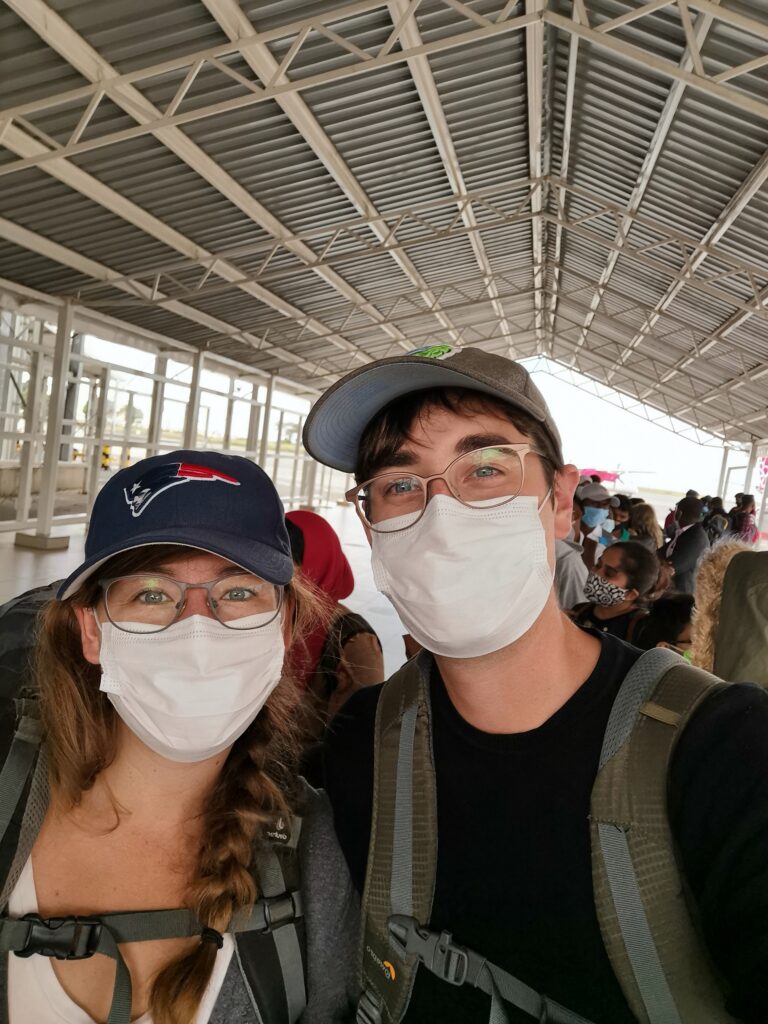
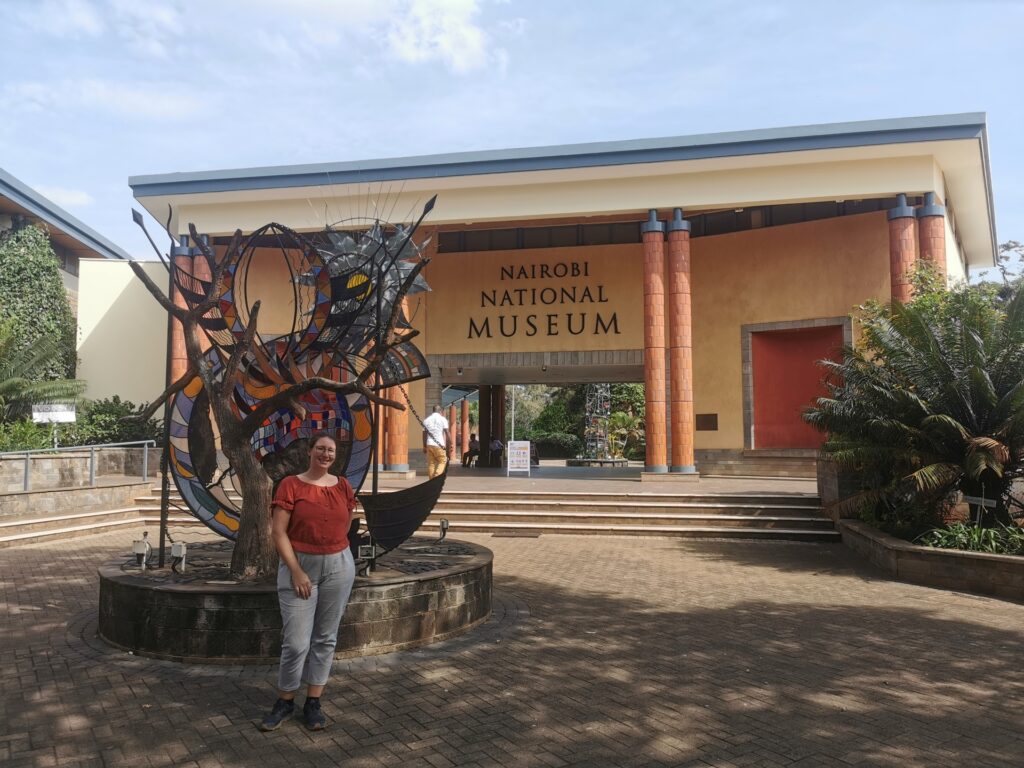
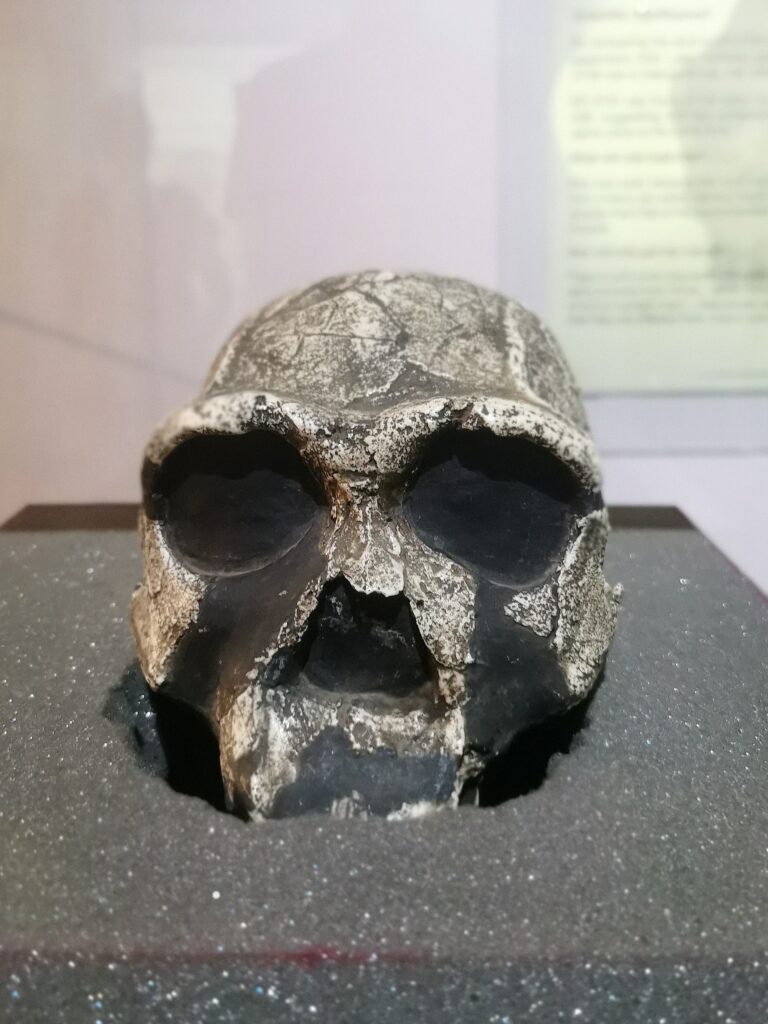
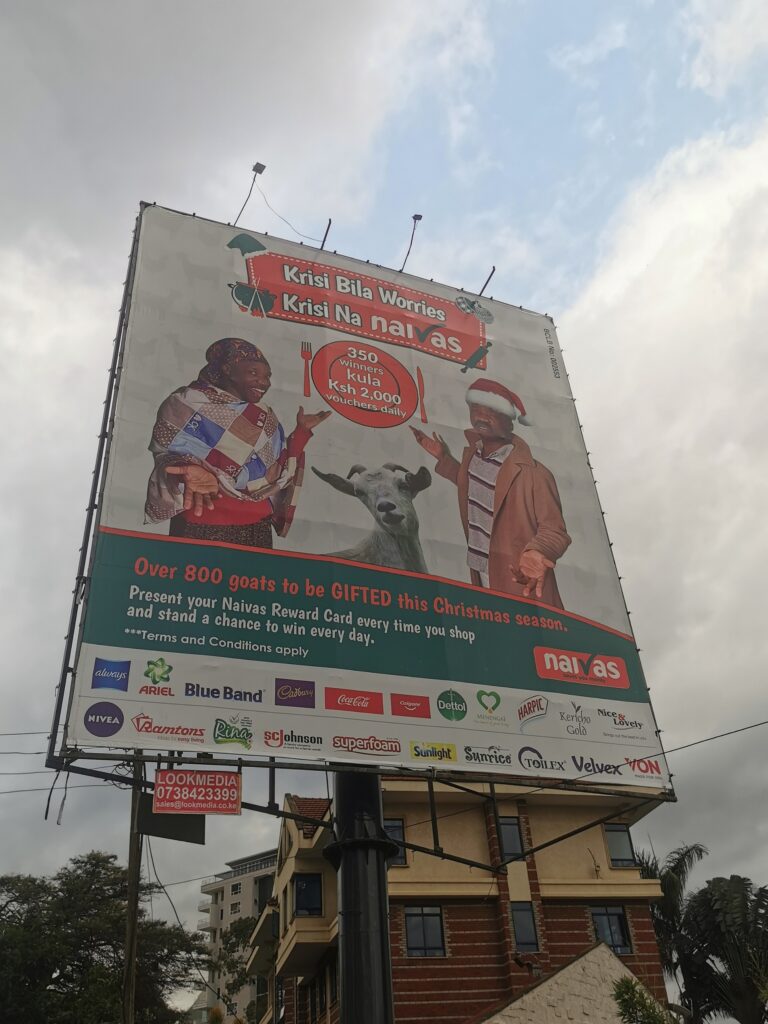
SEVEN GLORIOUS DAYS OF SAFARI
Making the most out of our short stay in Kenya, we booked a seven days safari. On the first day, we were picked up on time at 7 but then had to wait one hour in front of their office before continuing through the heavy traffic to our meeting place with our tour group in Mai Mahiu. Not surprisingly, our tour mates had already waited quite a while because of this. Luckily, the two US Americans welcomed us and didn´t hold a grudge as the long waiting time was not our fault. We had a lovely three days with this couple that was about our age and like-minded.
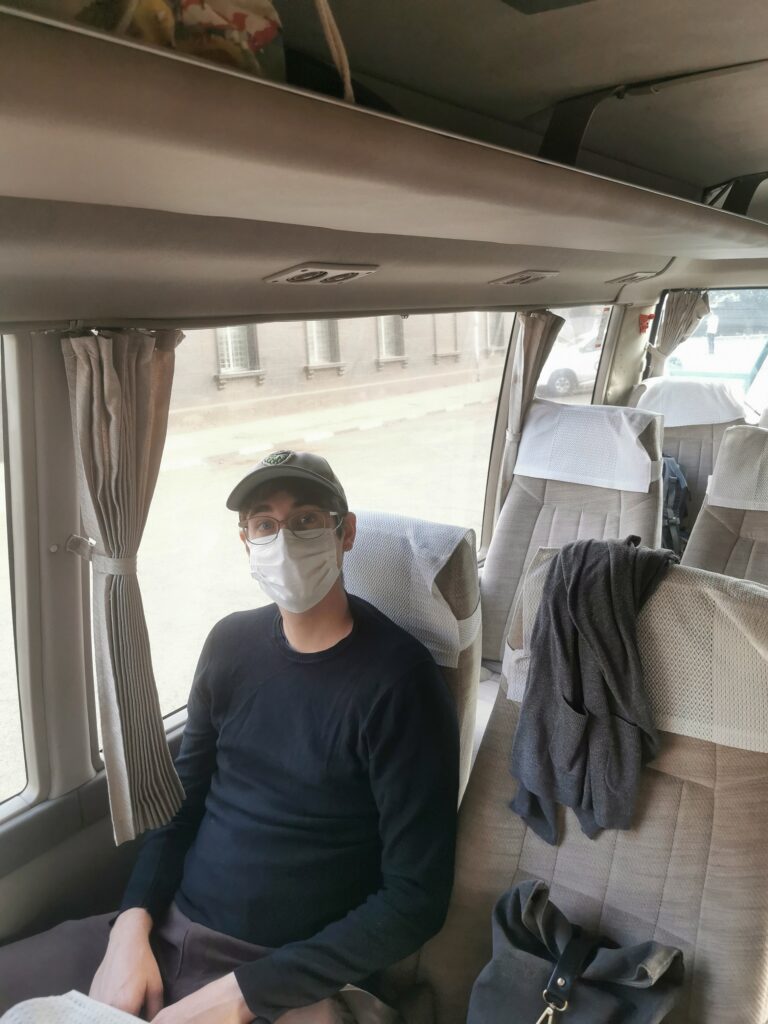
The first stop was in the Masai Mara National Park – the Kenyan extension of the Serengeti. After a quick check-in, we went on a late afternoon drive and got lucky: two cheetahs lying just next to the road and lions in touching distance.
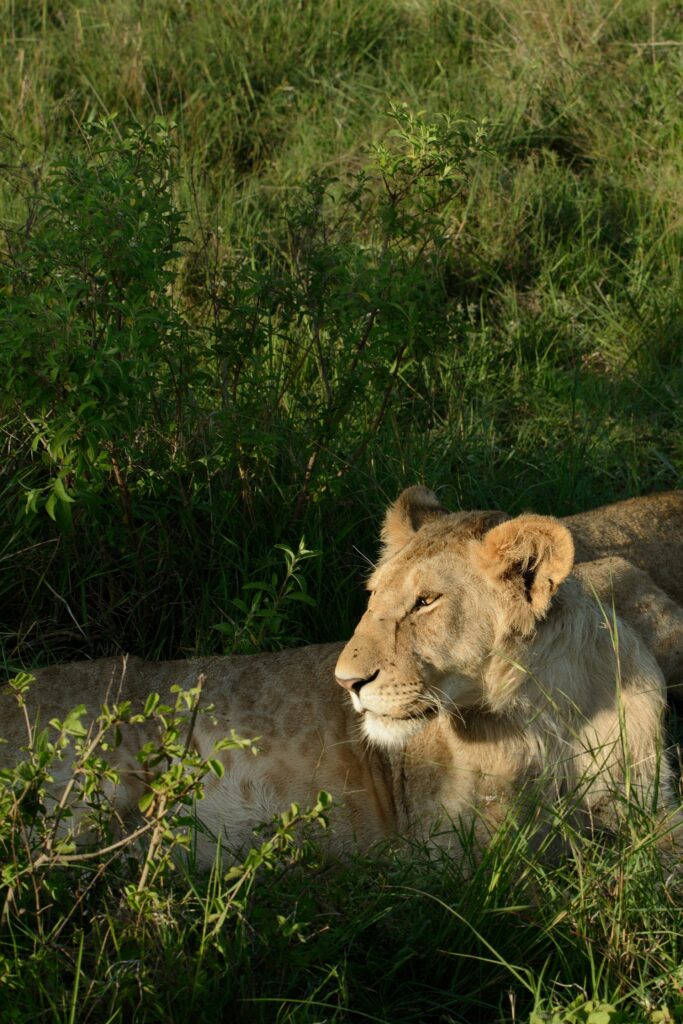
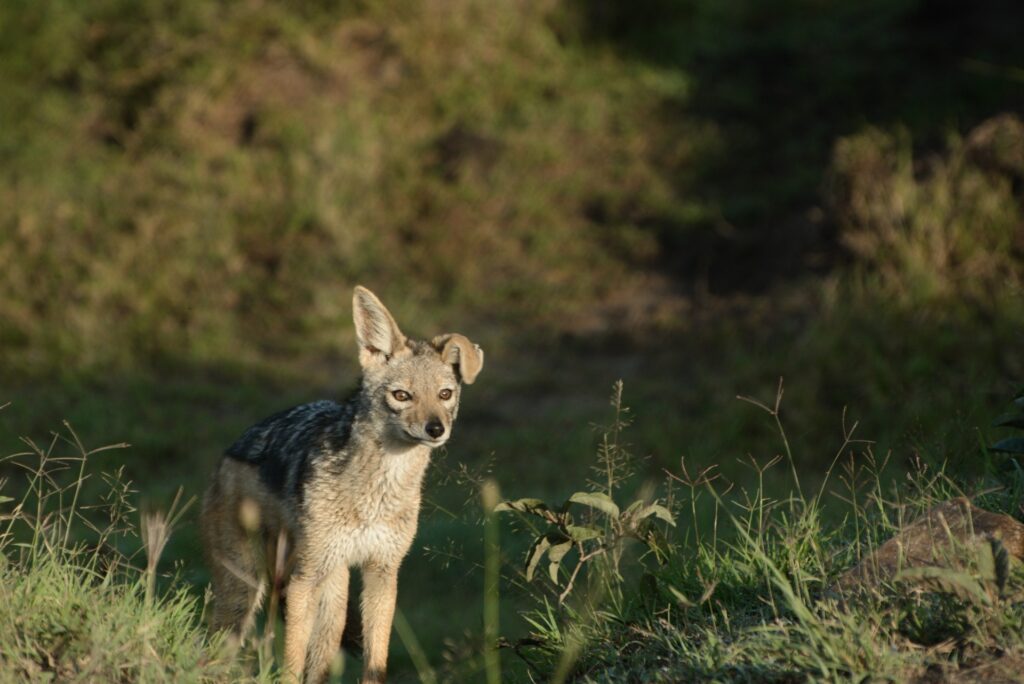
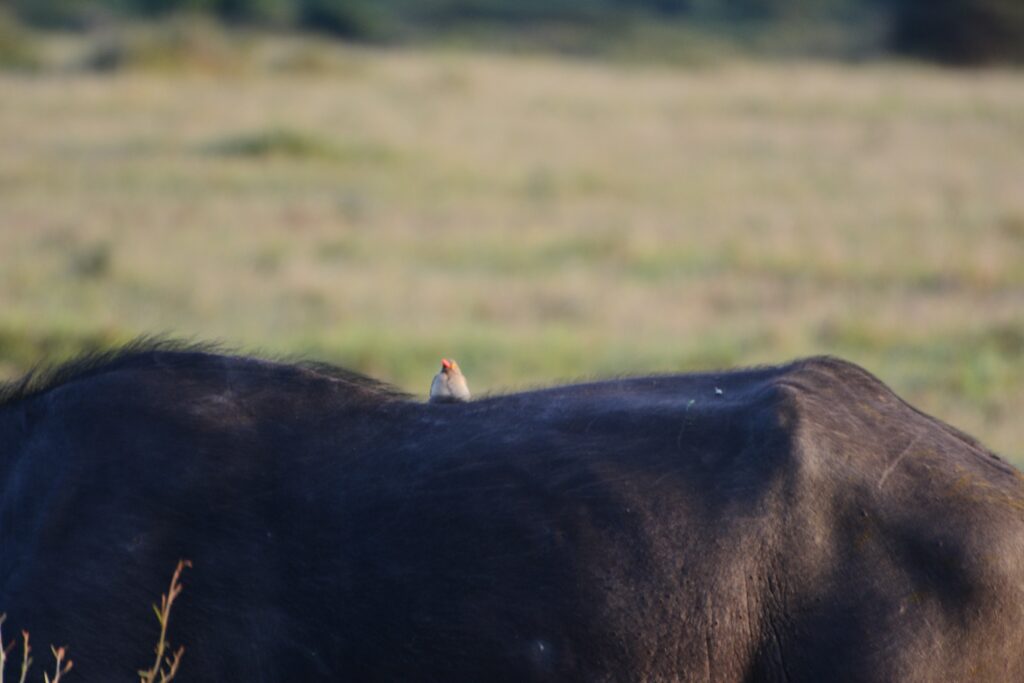
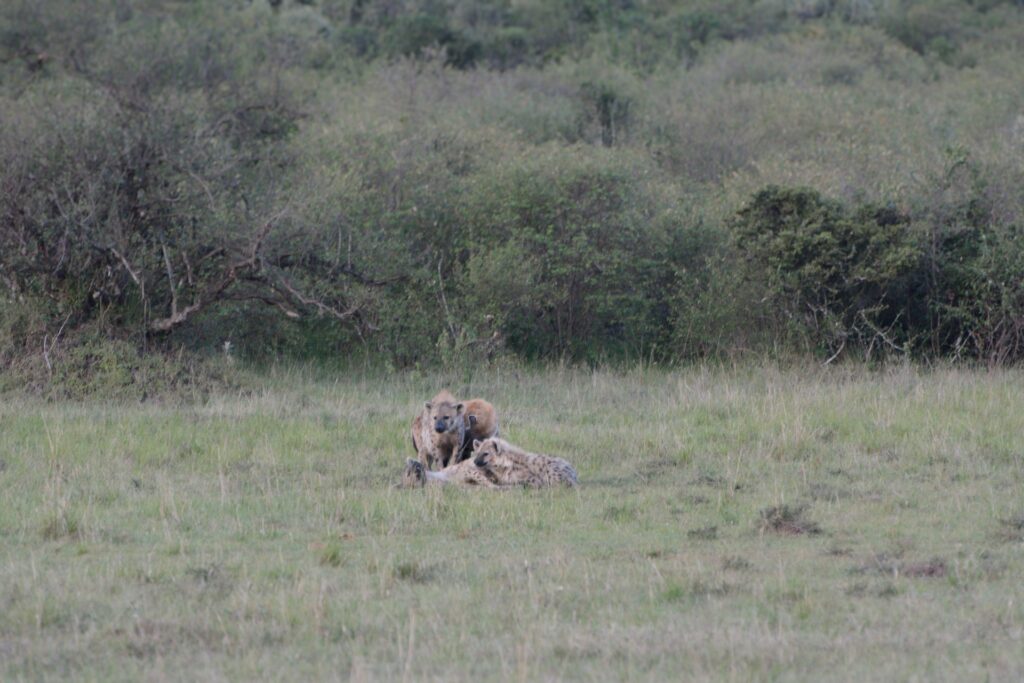
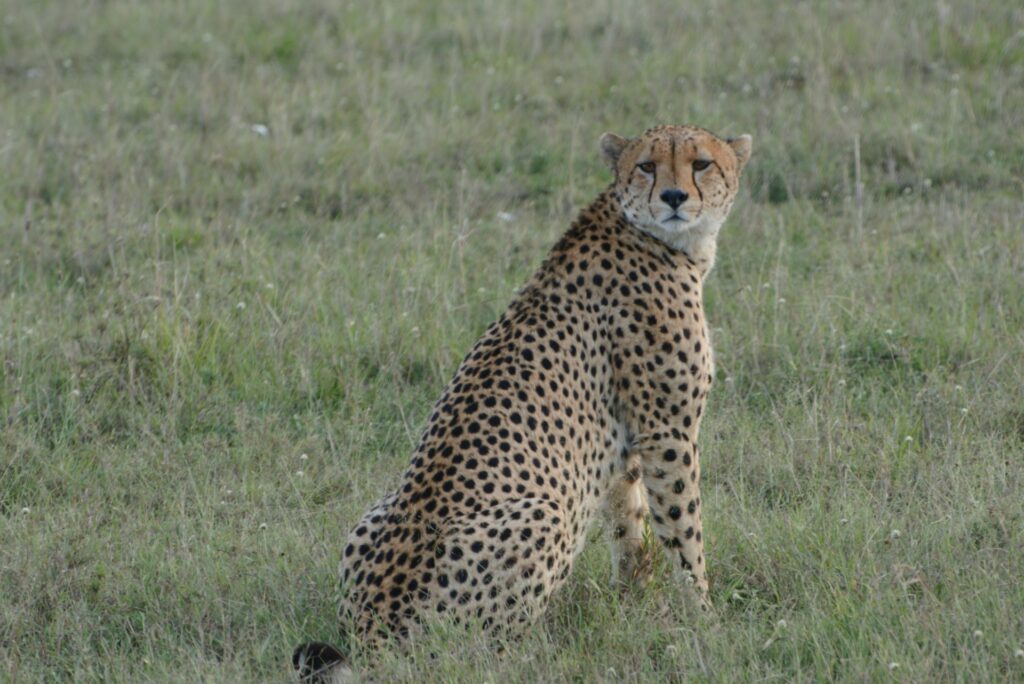
The next day, we spent a whopping eleven hours touring the park and seeing countless lions including cubs, hippos, crocodiles, and many more.
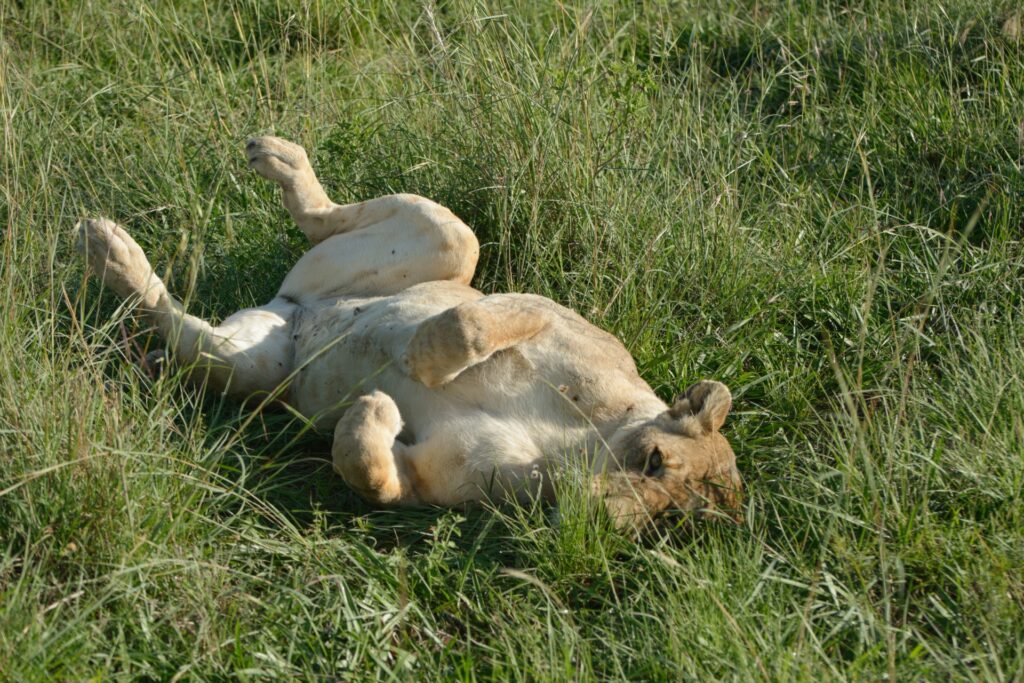
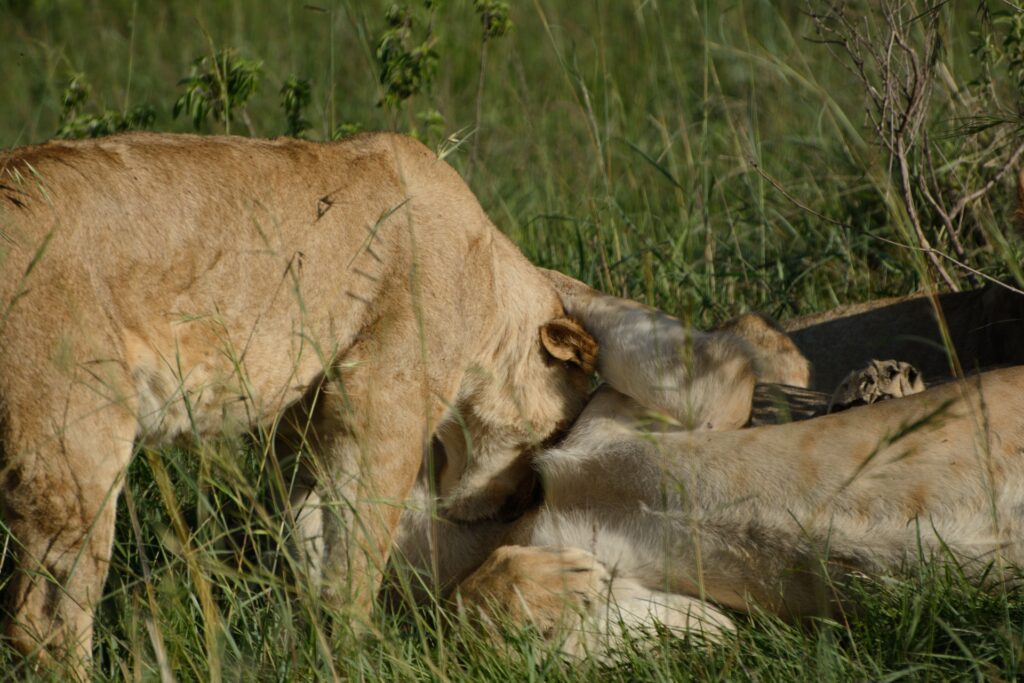
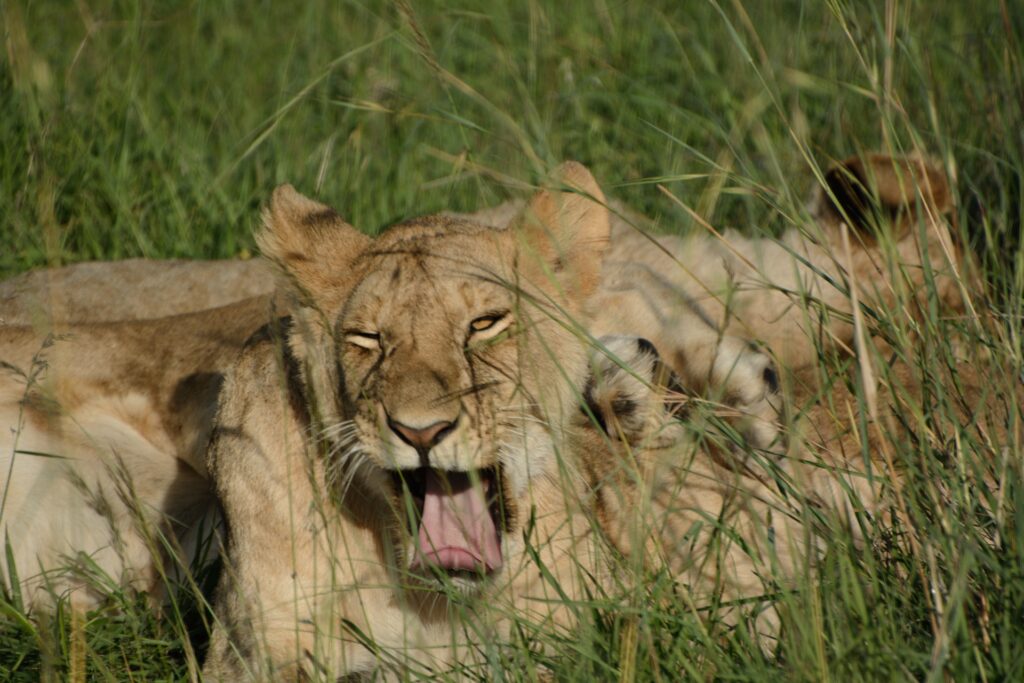
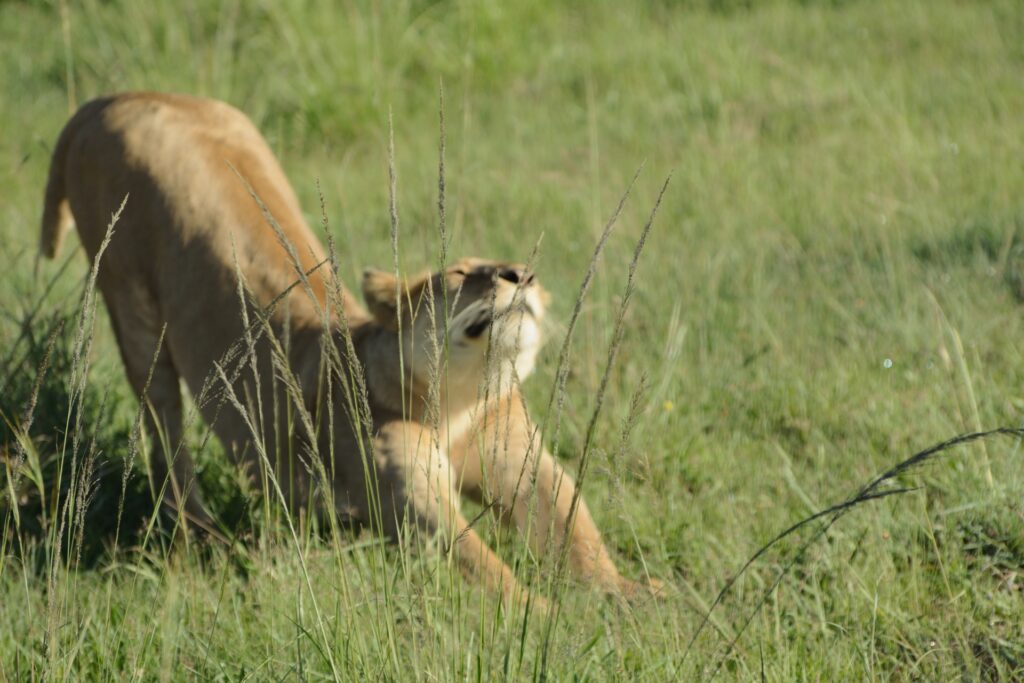
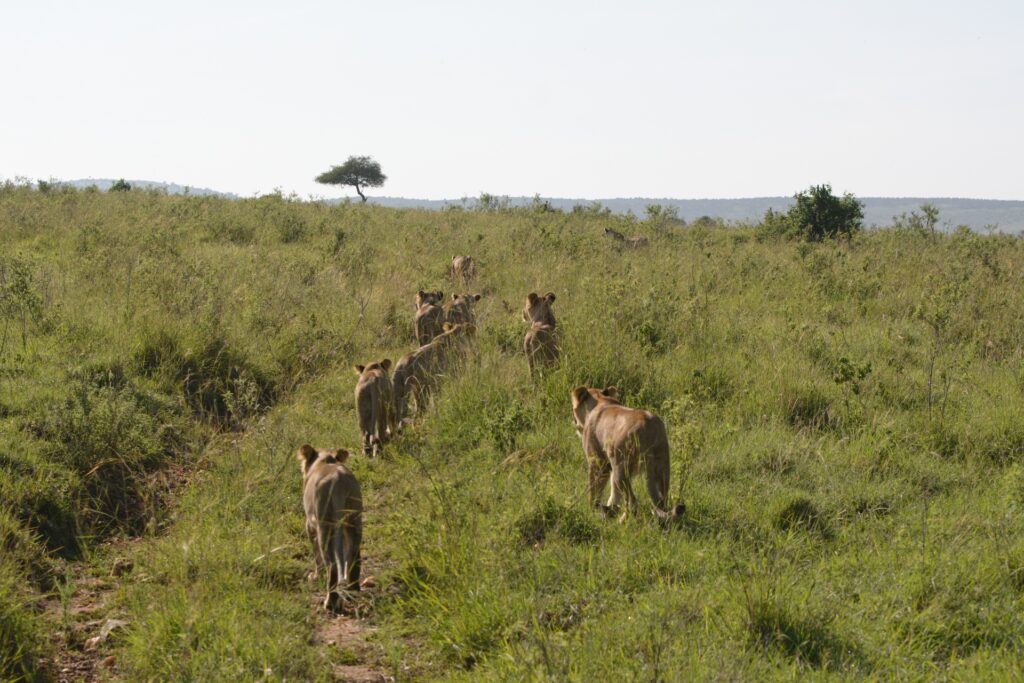
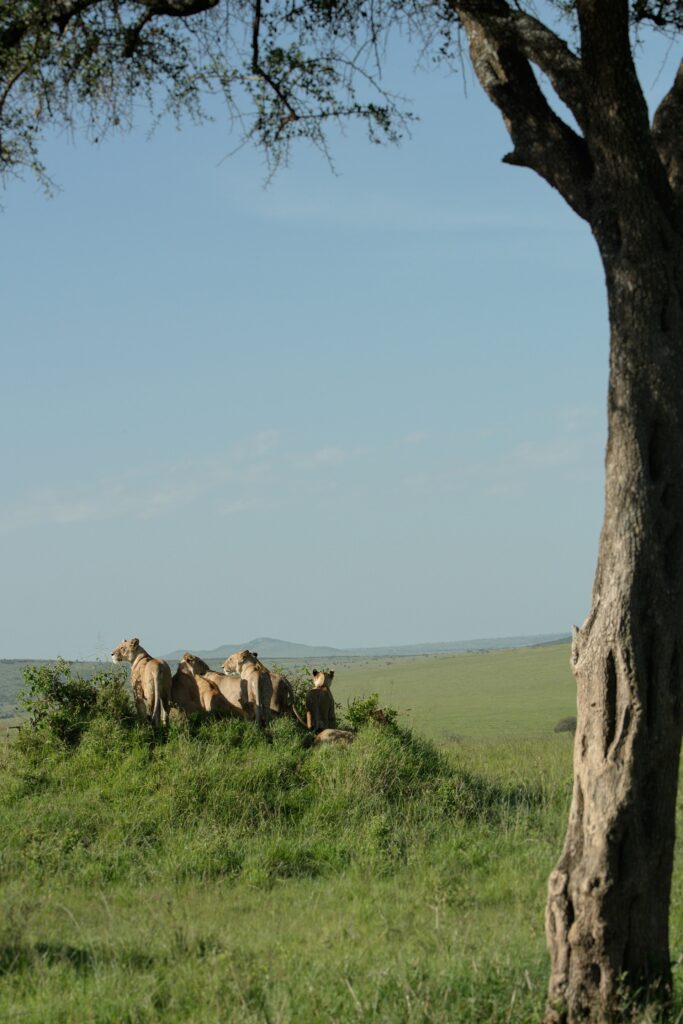
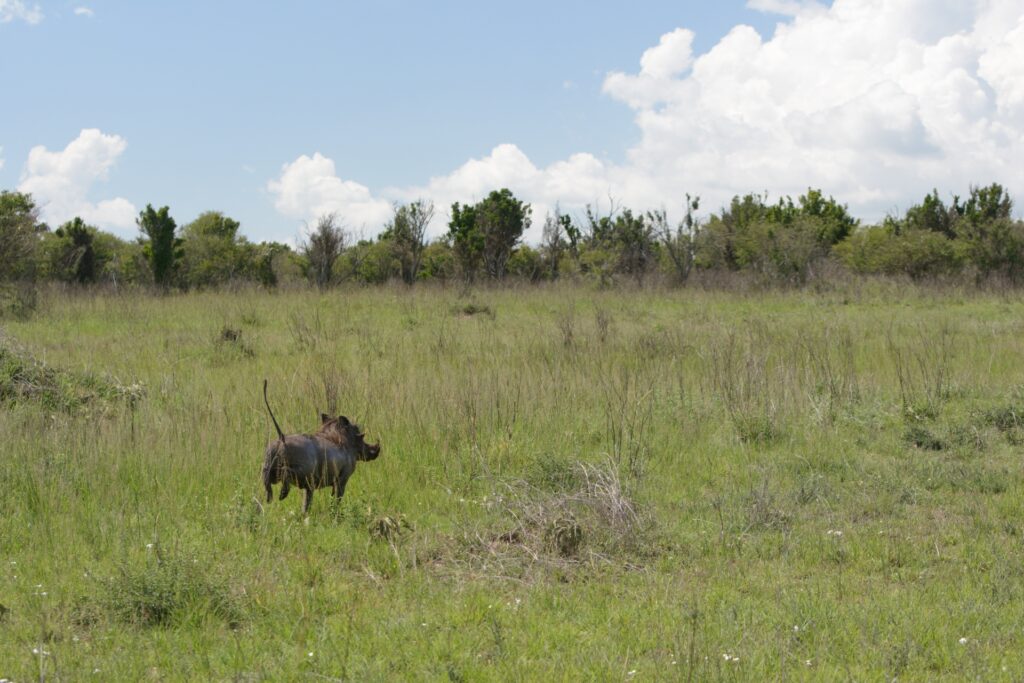
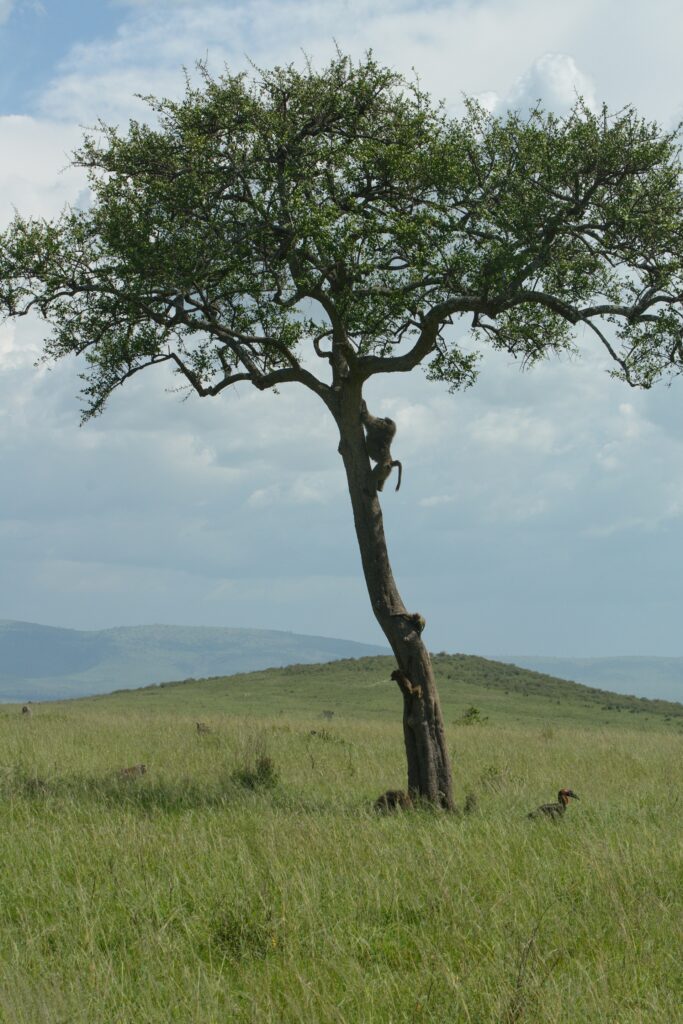
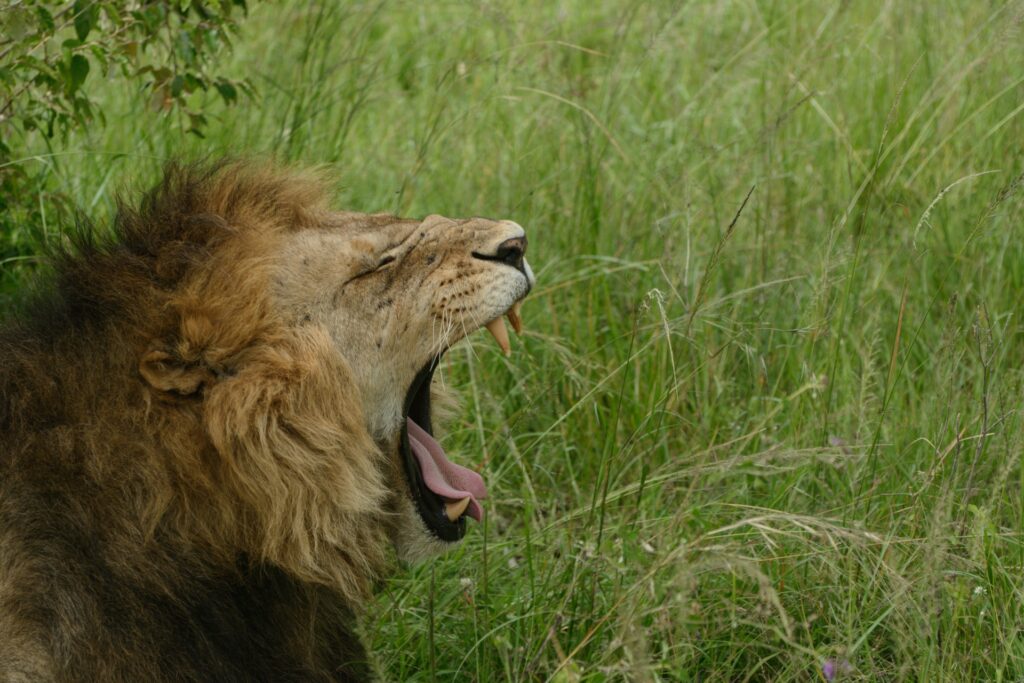
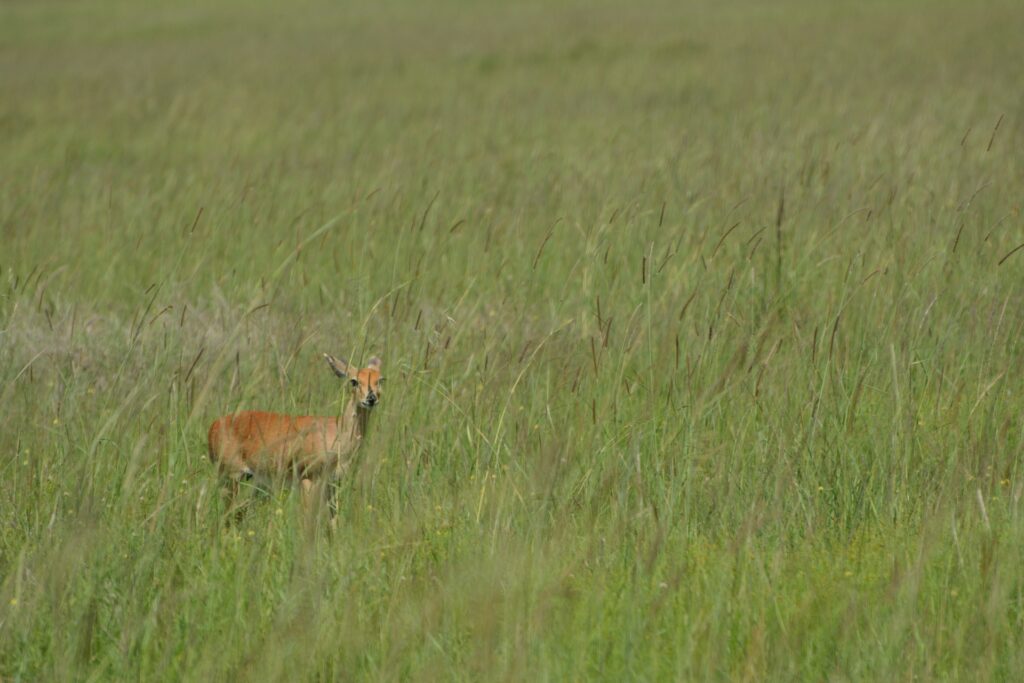
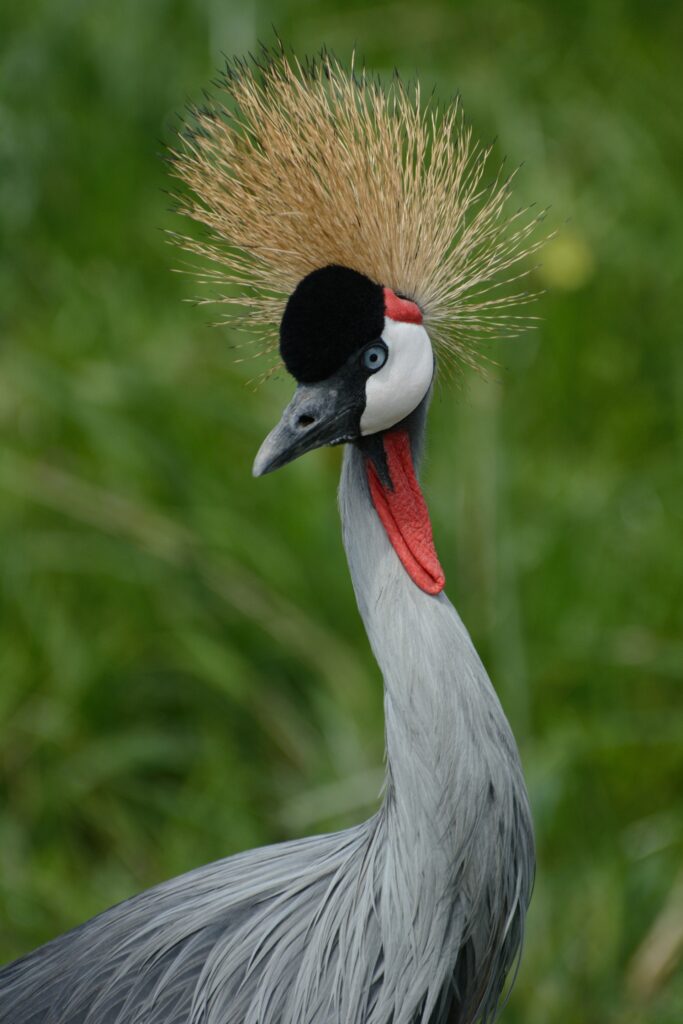
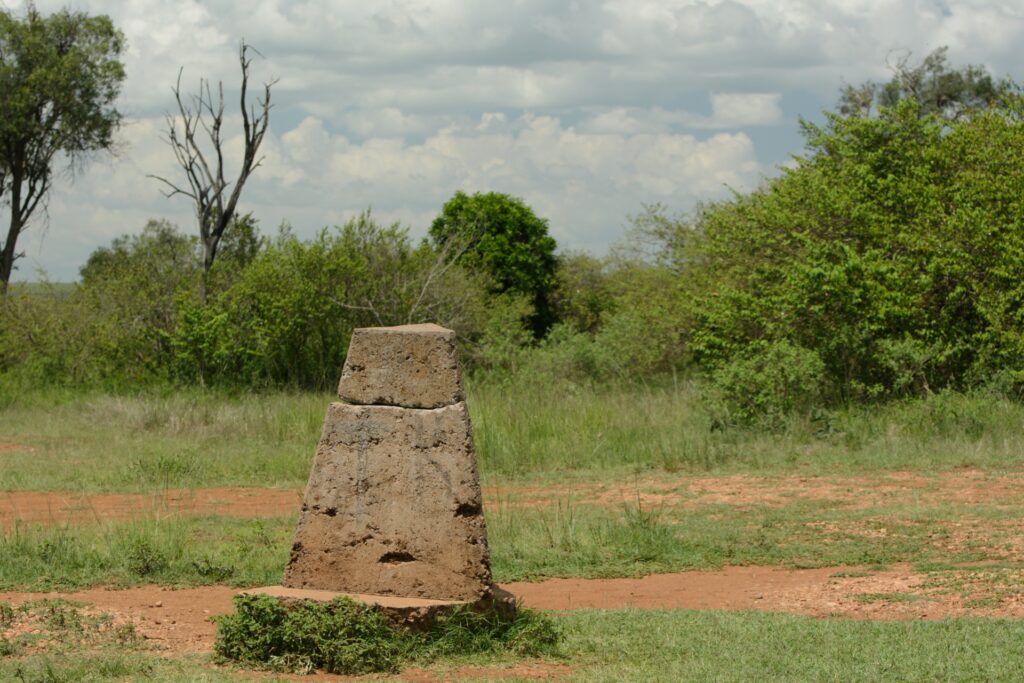
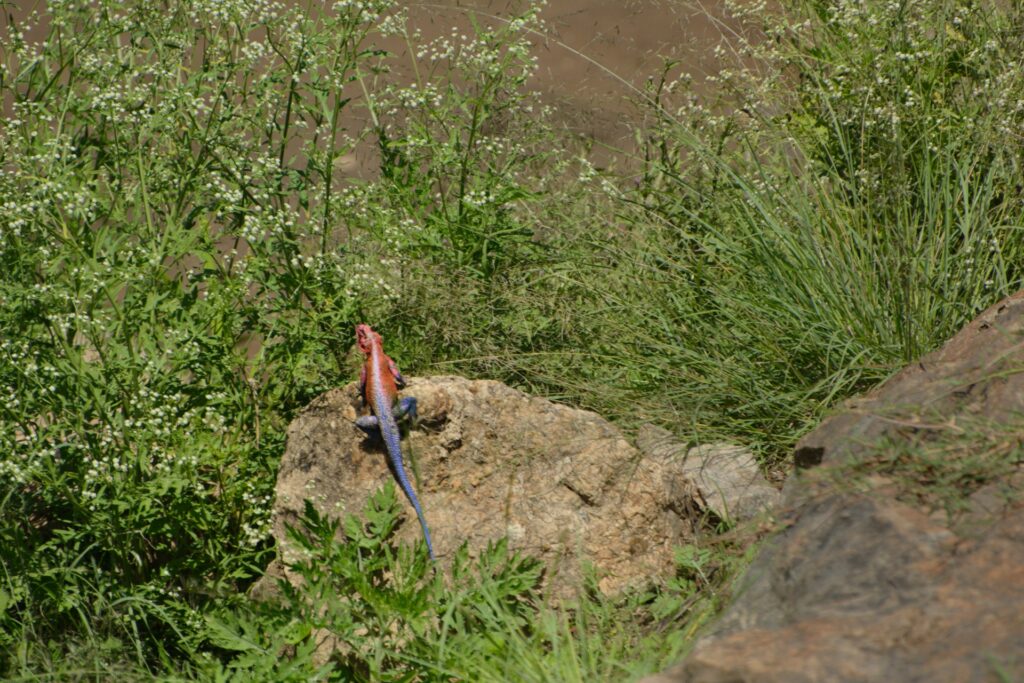

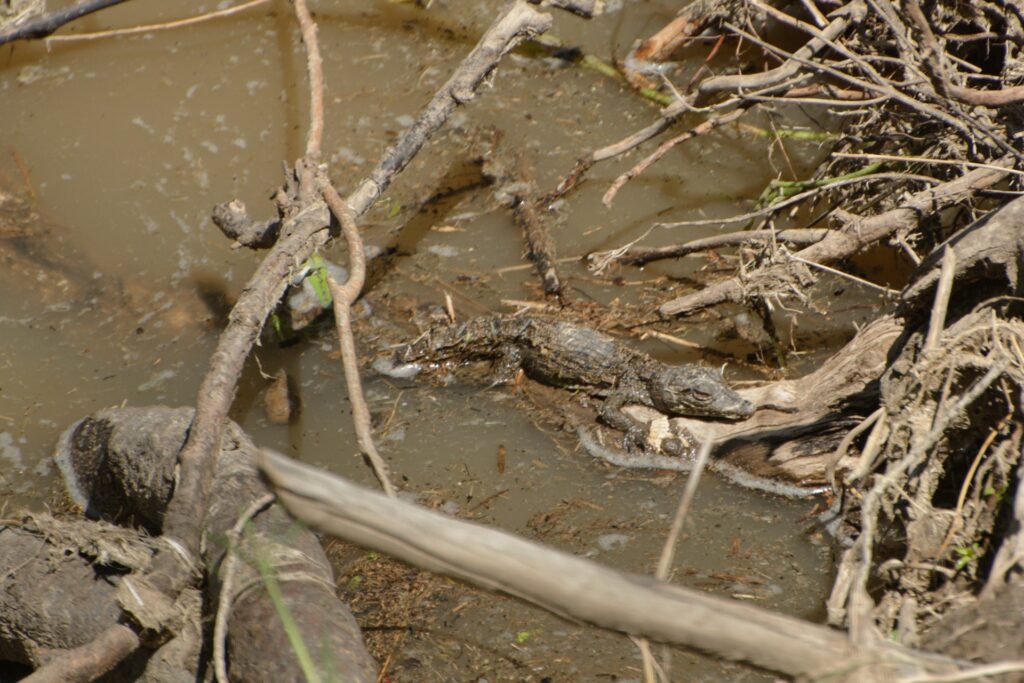
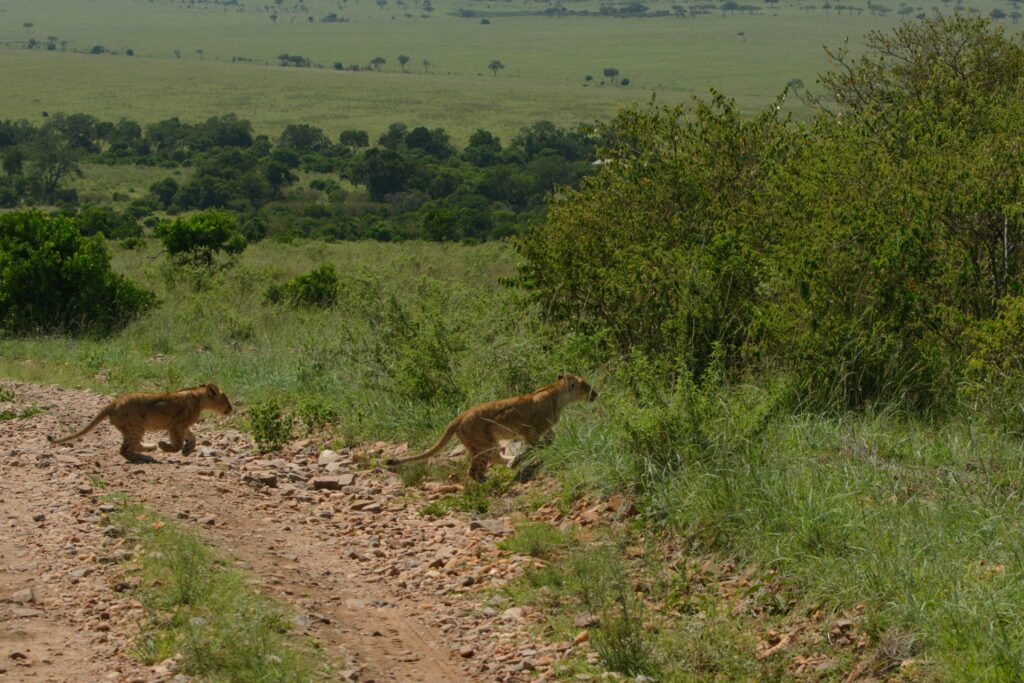
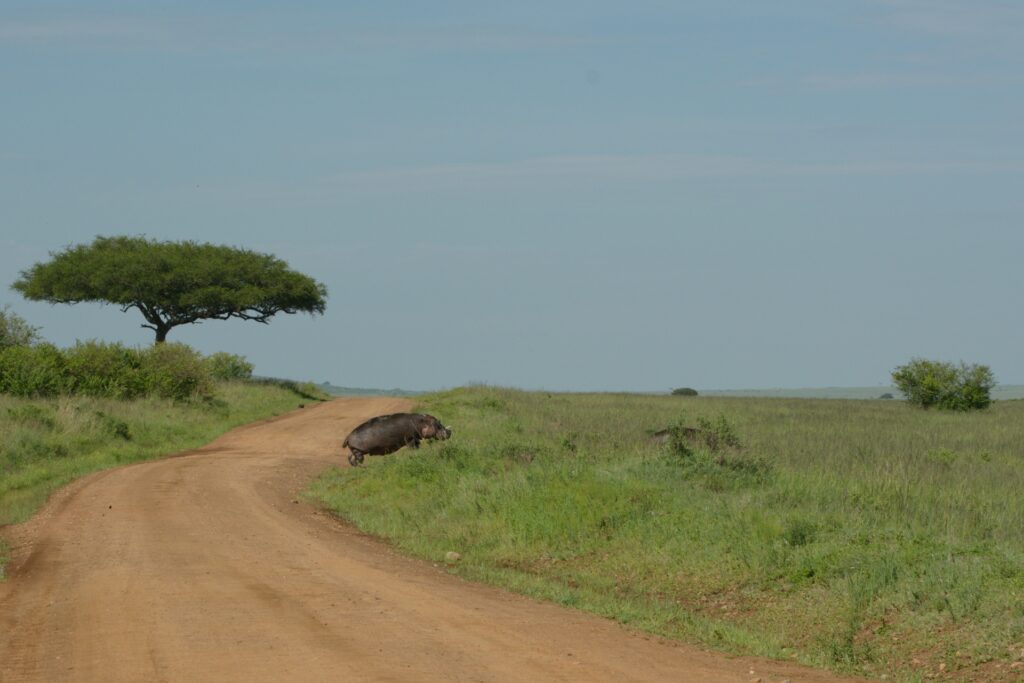


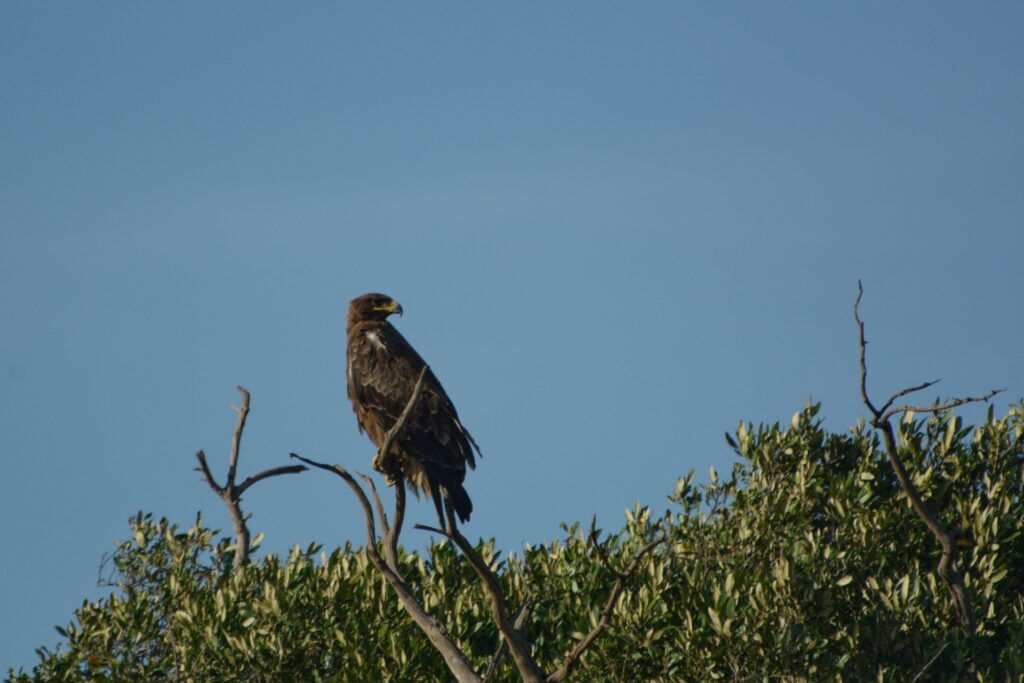
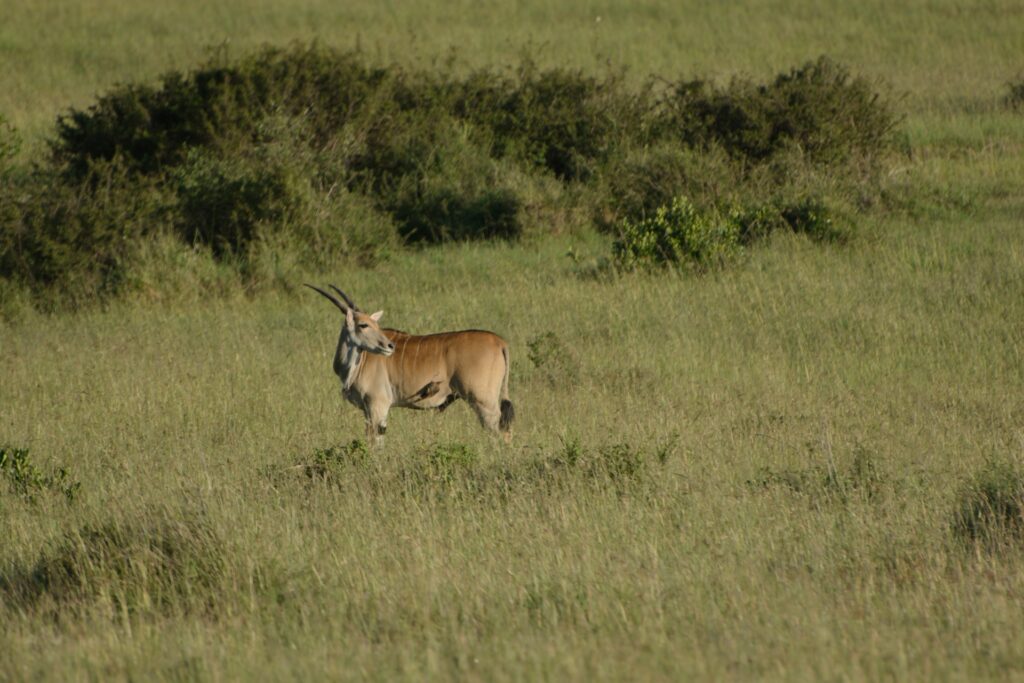
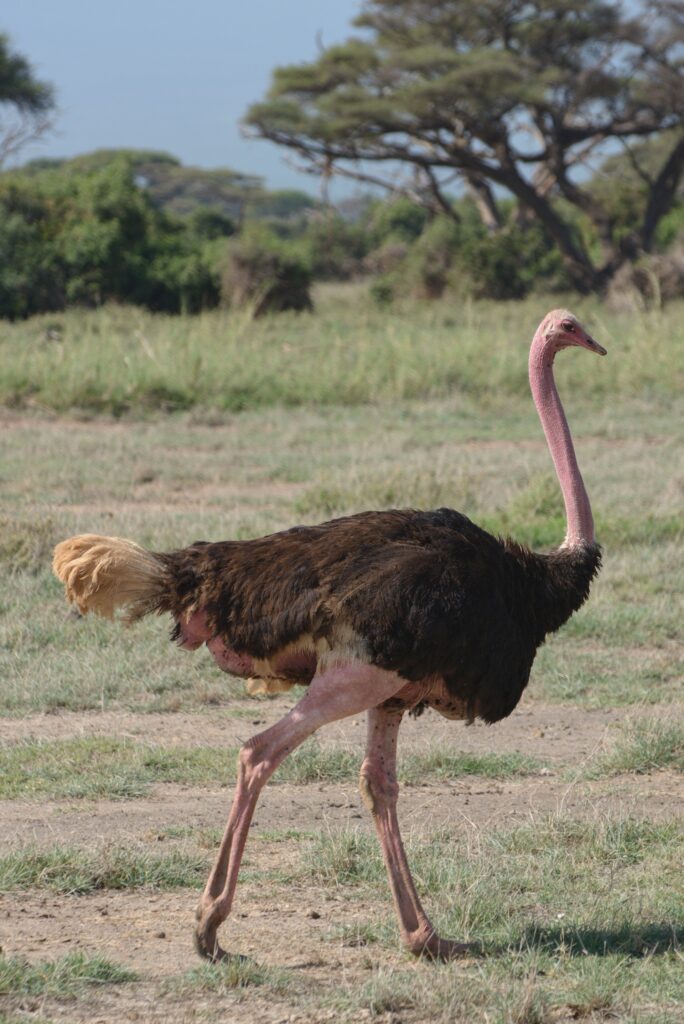
On the third day, we visited the Masai village next to our camp. Obviously, it was quite touristic but nonetheless interesting to see how they live (in small, smoke-filled huts), make fire (surprisingly fast using a hard and soft wooden branch) and co-live with wild animals (a lion attempted to hunt a zebra through the villages just a few days ago and got chased away).

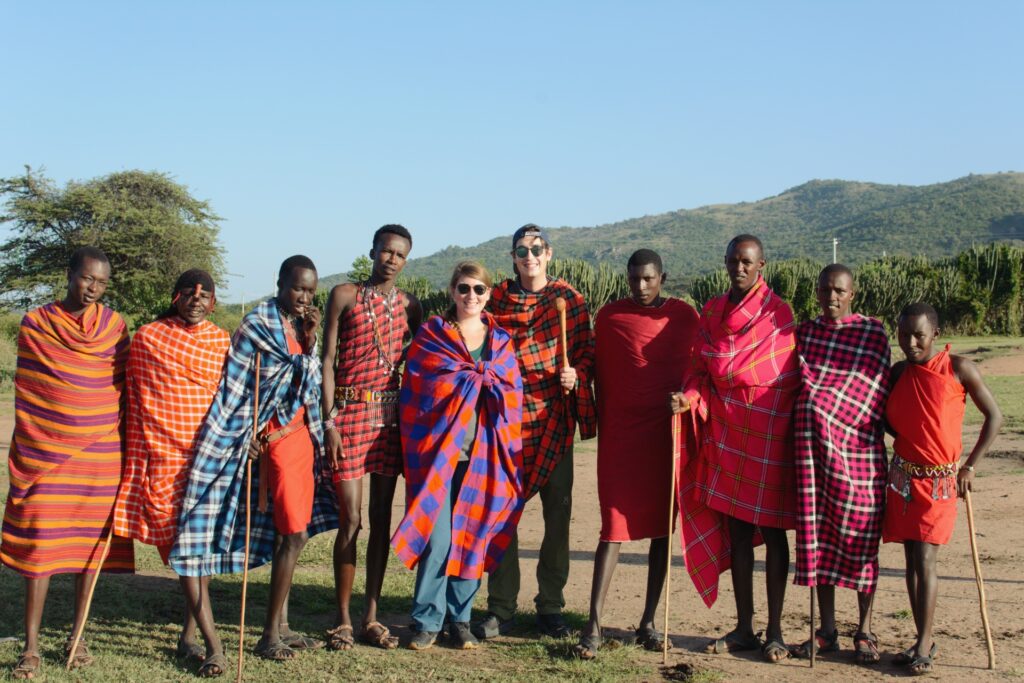
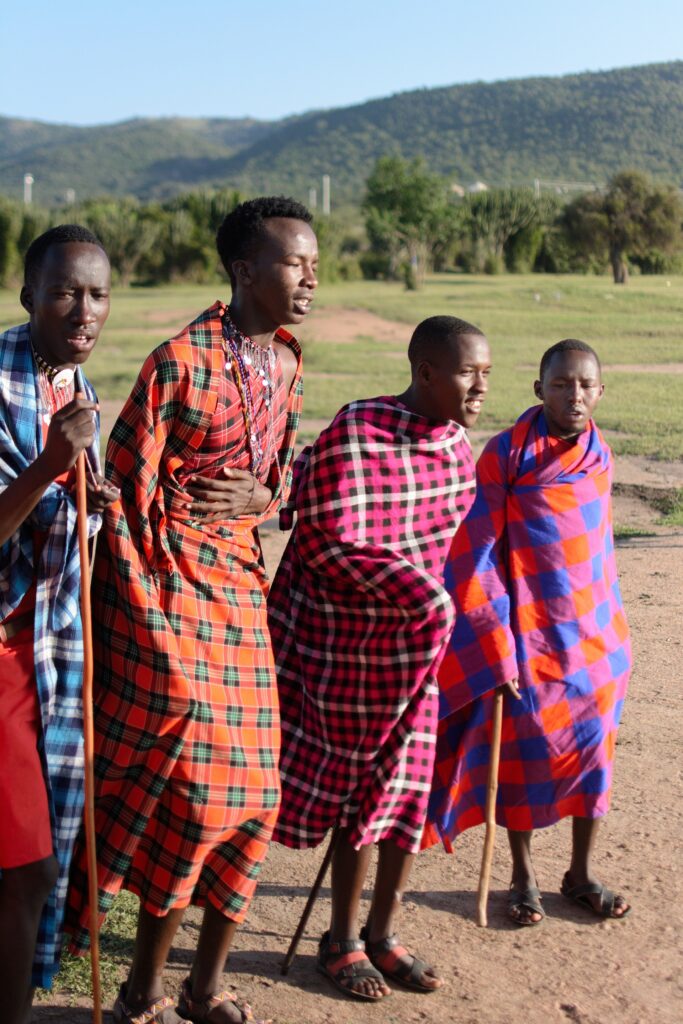
Then we went to Lake Naivasha where we had a boat safari. Lake Naivasha carries unusually high waters due to heavy rainfalls. According to the guide, the water has not been that high for a century. Several buildings close to the lake are flooded. This now also threatens the wildlife because some of the buildings are not constructed to be in water e.g. pump houses with diesel in them.

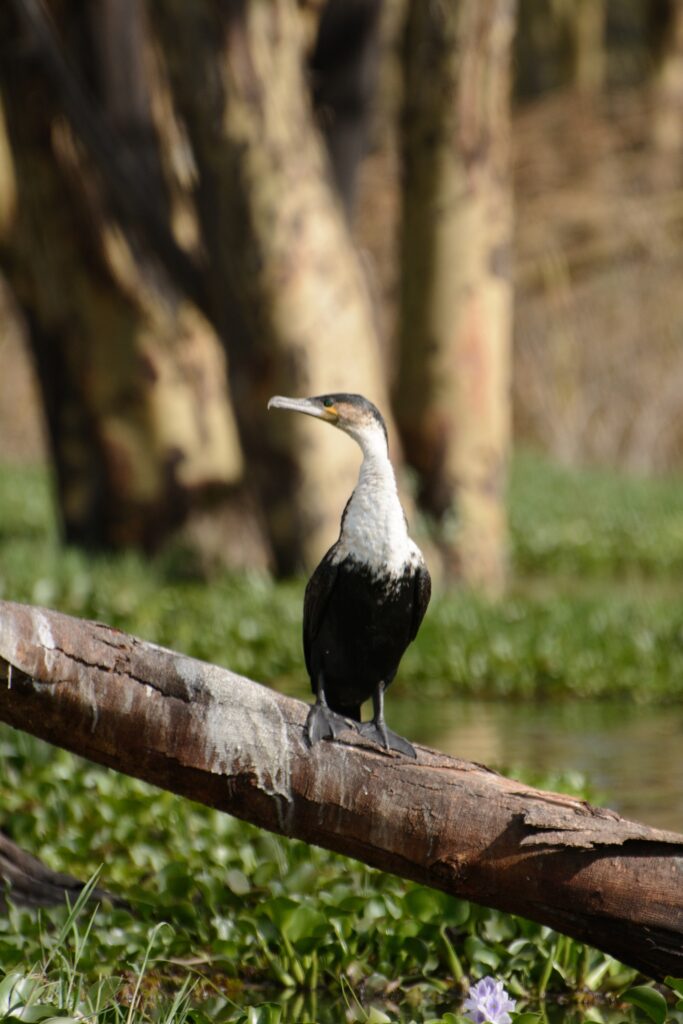
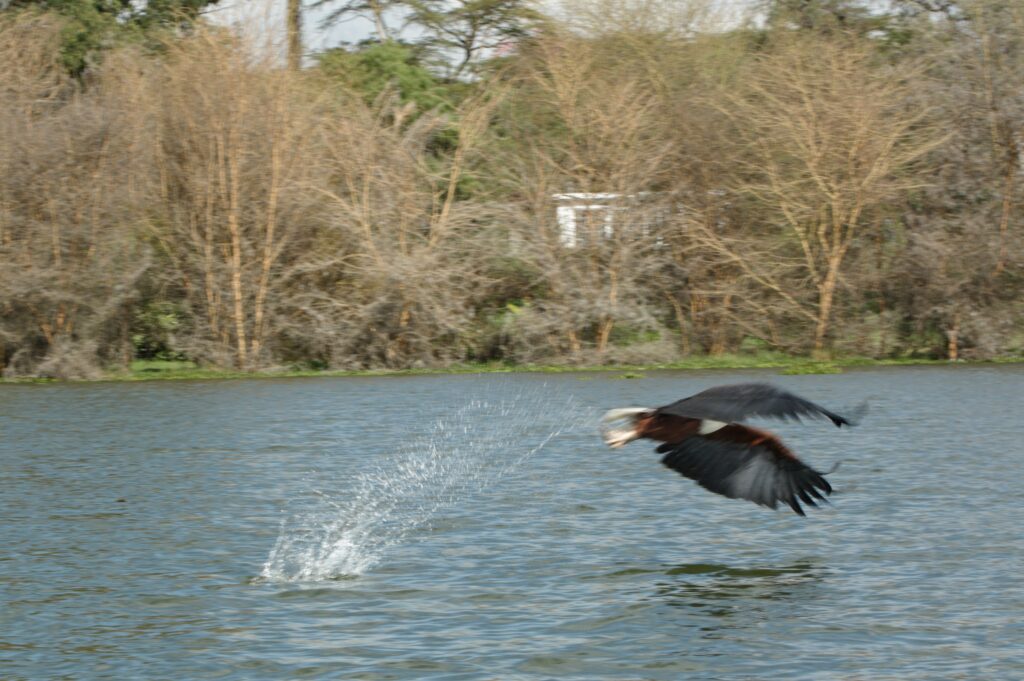
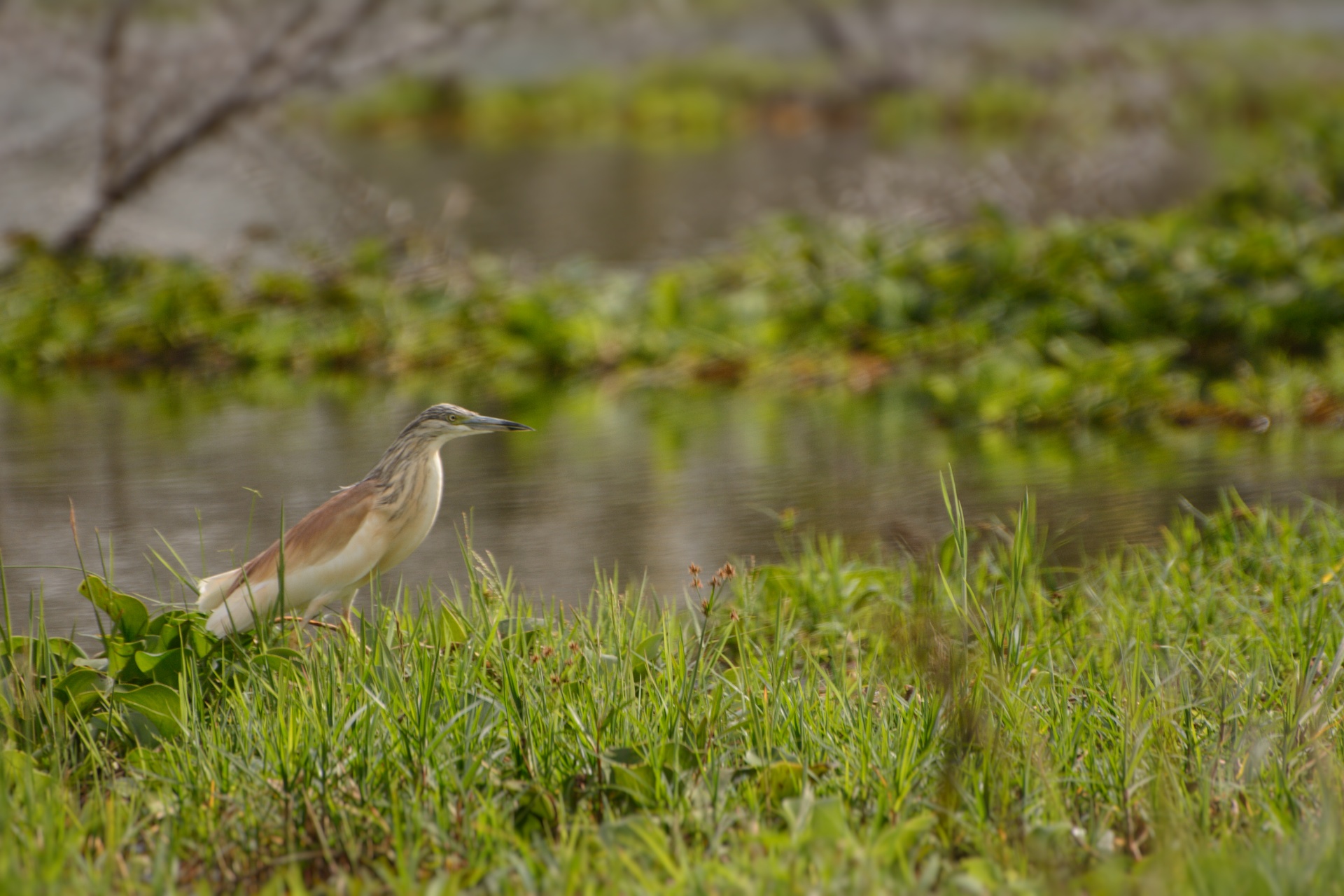
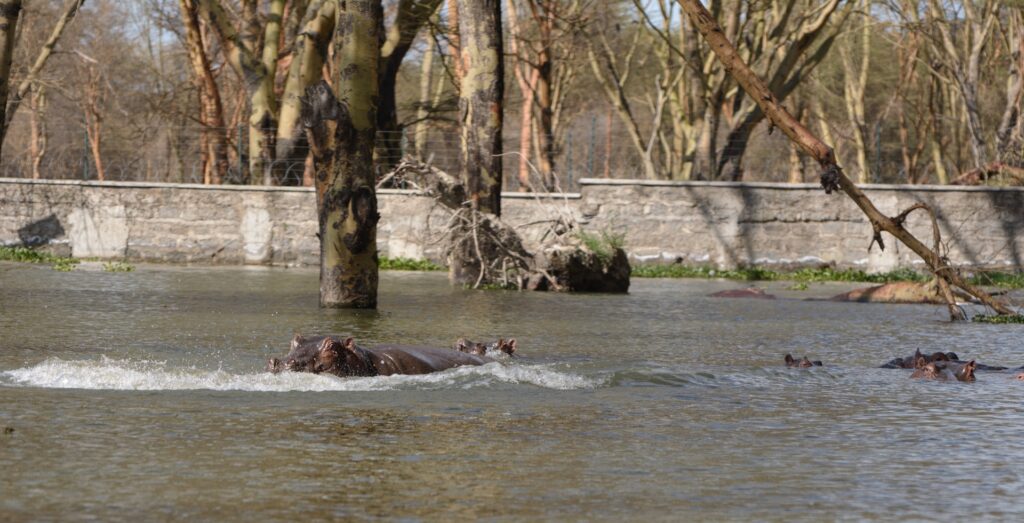
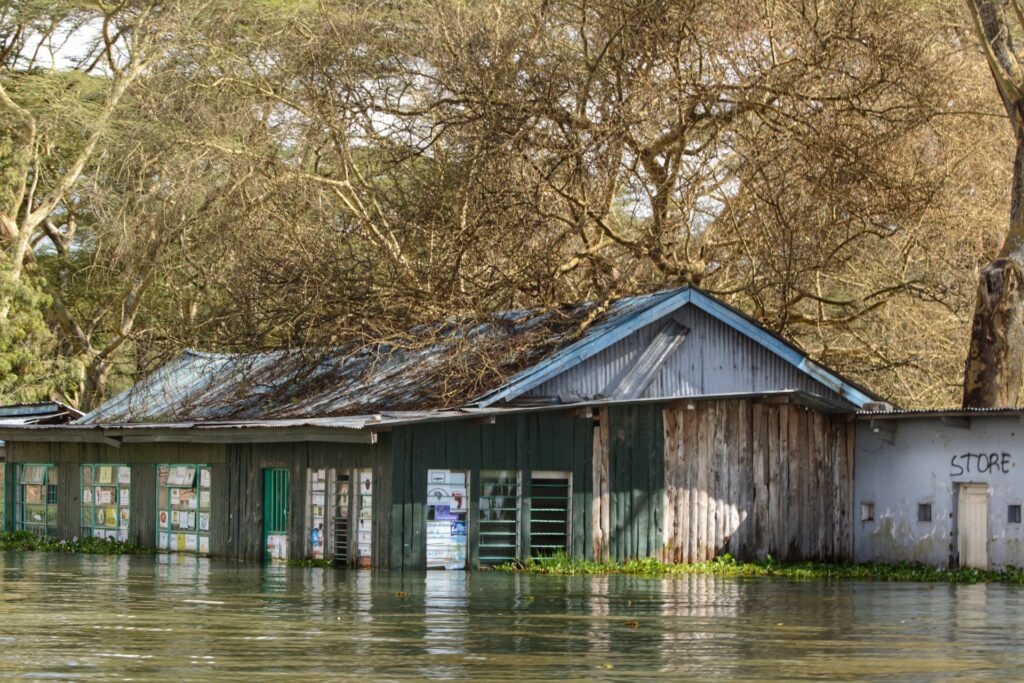
On the fourth day, it was just the two of us visiting Hell´s Gate, a national park without predators and therefore enabling a safari by bike or on foot. Based on the hot weather, we just did a walk and skipped the cycling. After lunch, we got joined by an Australian-Chinese woman, nicknamed “Scheese” by us – a Swiss-German word for someone a bit naive, dumb and in this specific case exhausting to travel with. She was surprised that anyone would poach Rhinoceroses and when we explained that it was for the horn that is mainly sought after in Asian countries her reaction was: how much is a horn worth and how does the transport work? In other instances, she was certain that she could kill with her inner energy. Once, she asked the driver why Kenyan people do not eat the wild animals – not really seeing the point of conservation here. Nonetheless, we grew quite fond of her and her company was amusing.
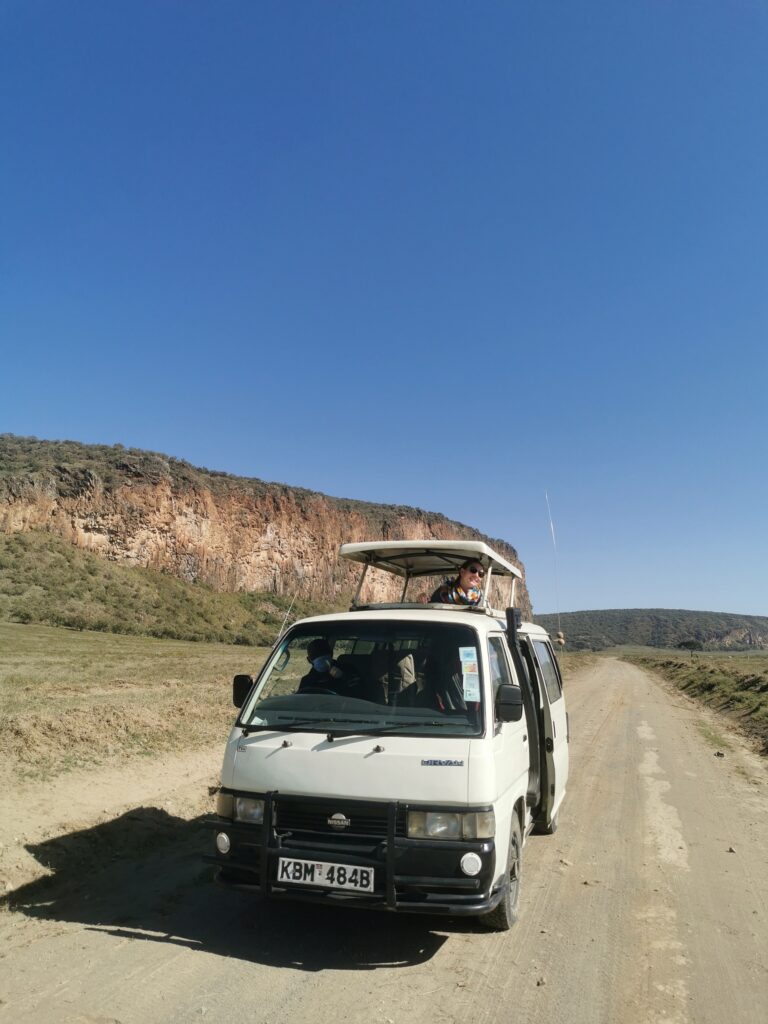
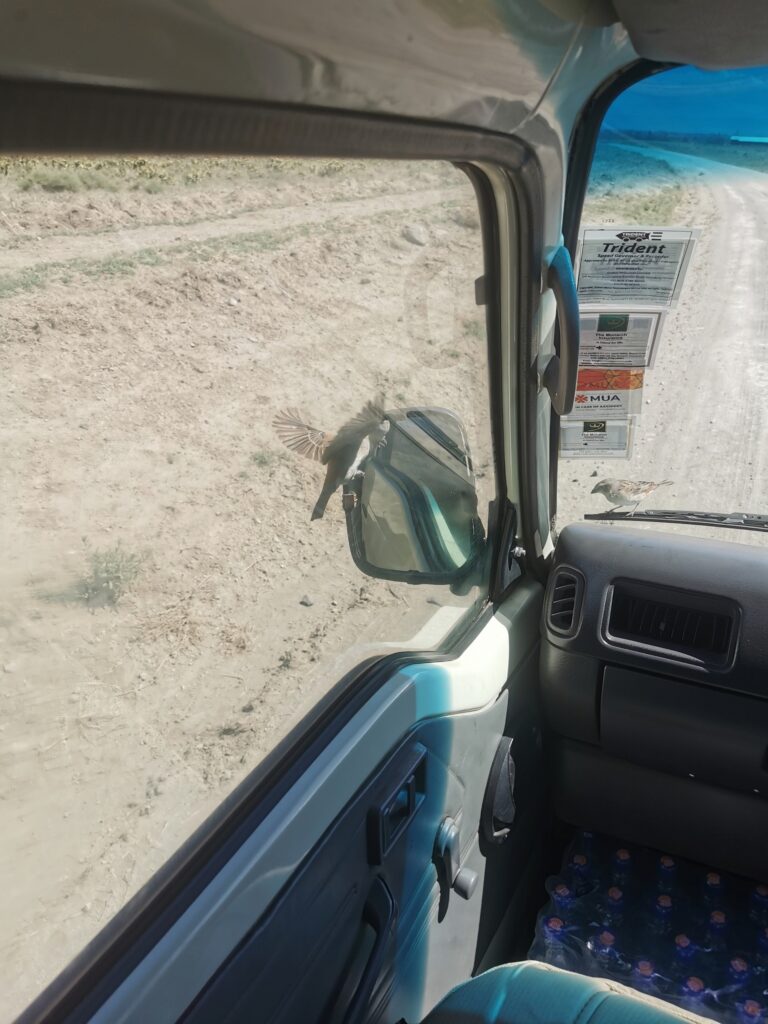

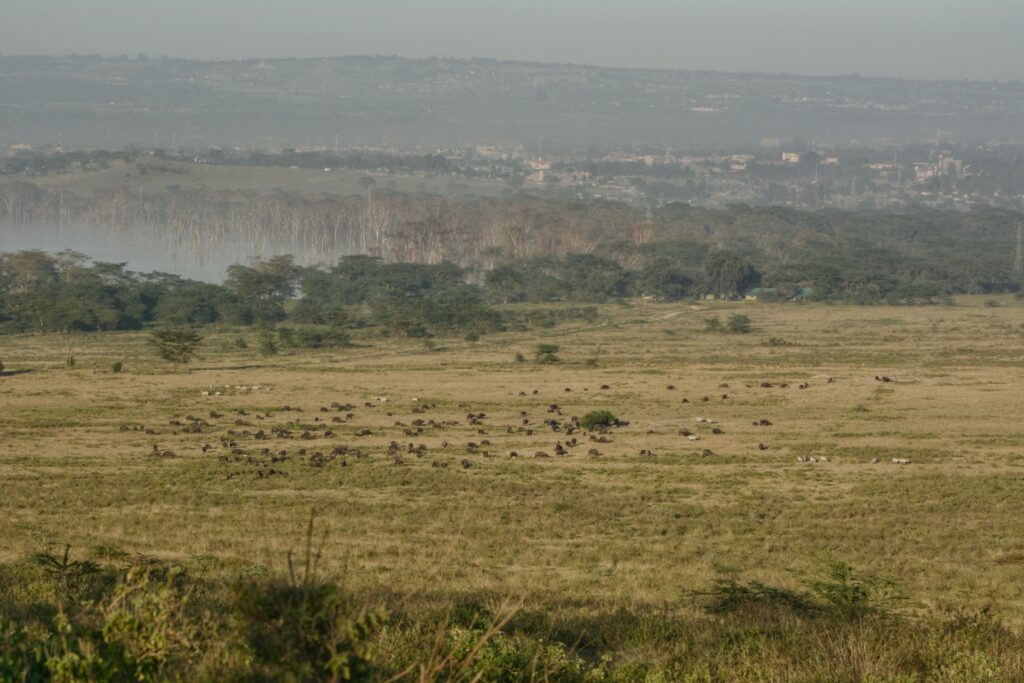
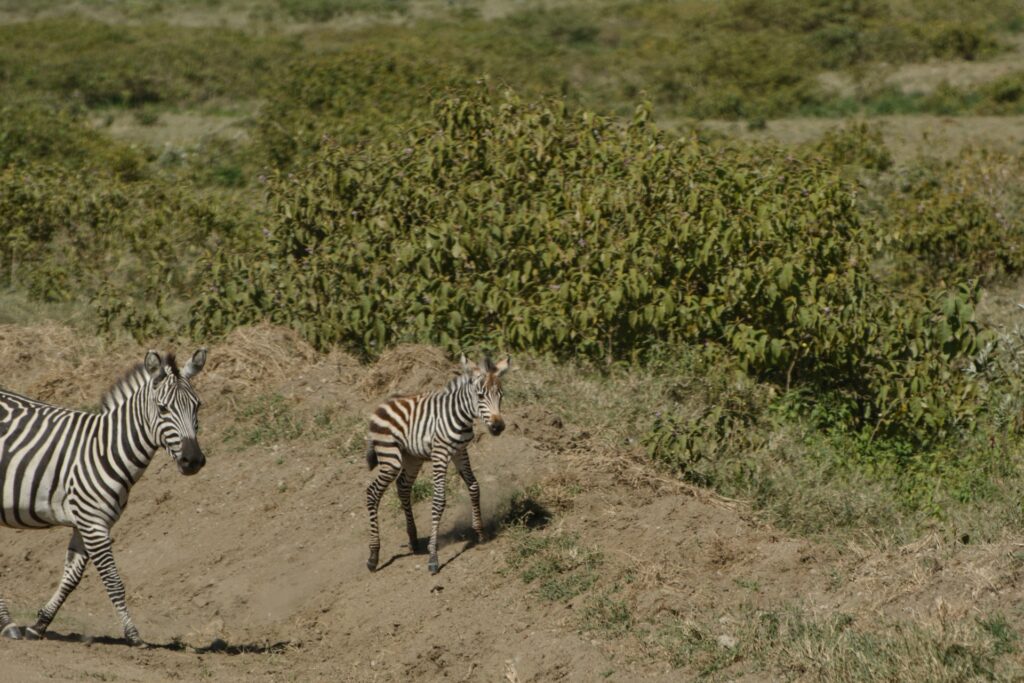
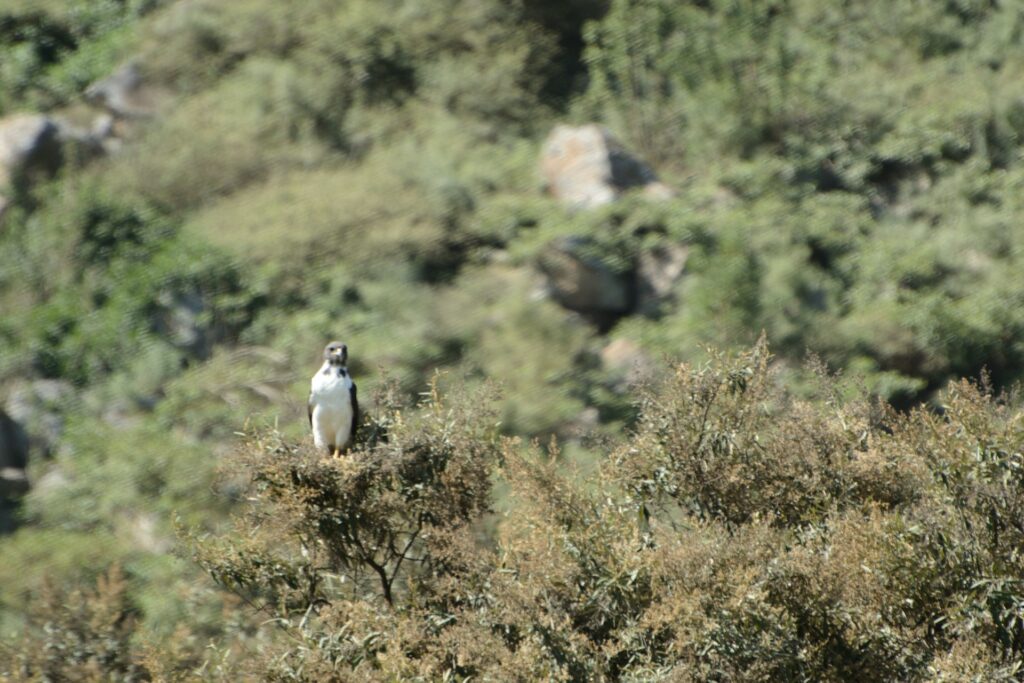
On the fifth day, we drove to Lake Nakuru that is famous for the Rhino population. We were very lucky and saw a little family.
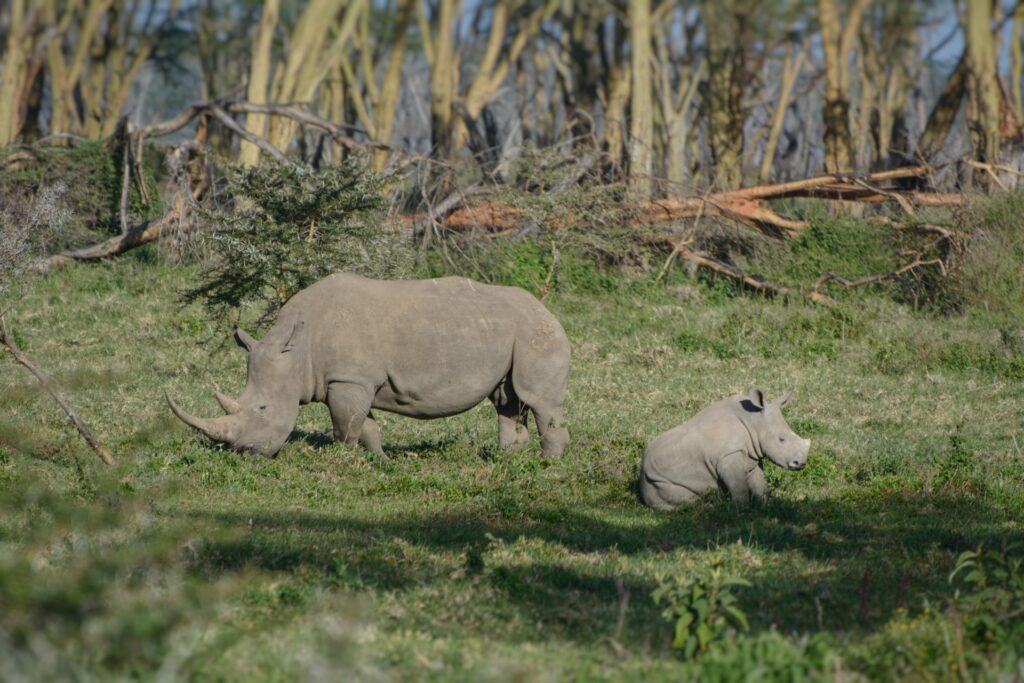
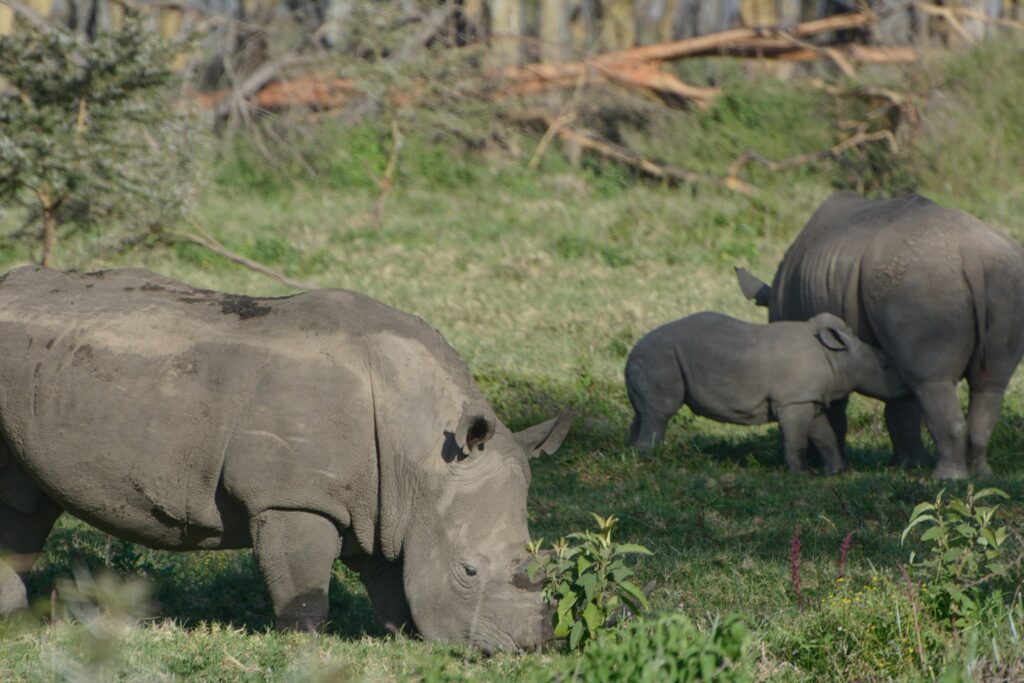
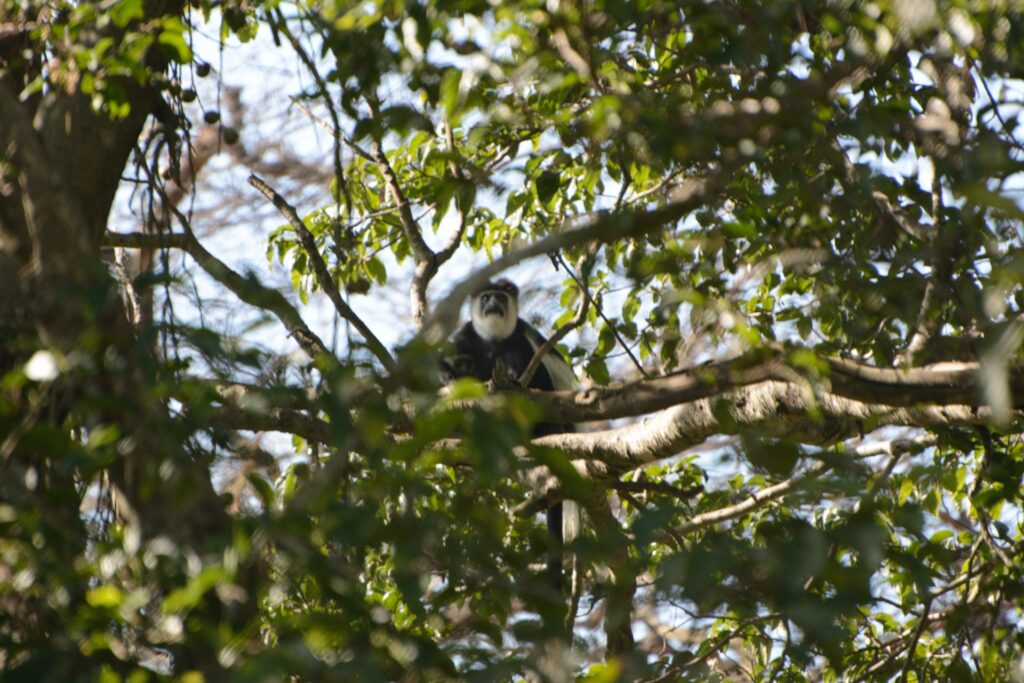
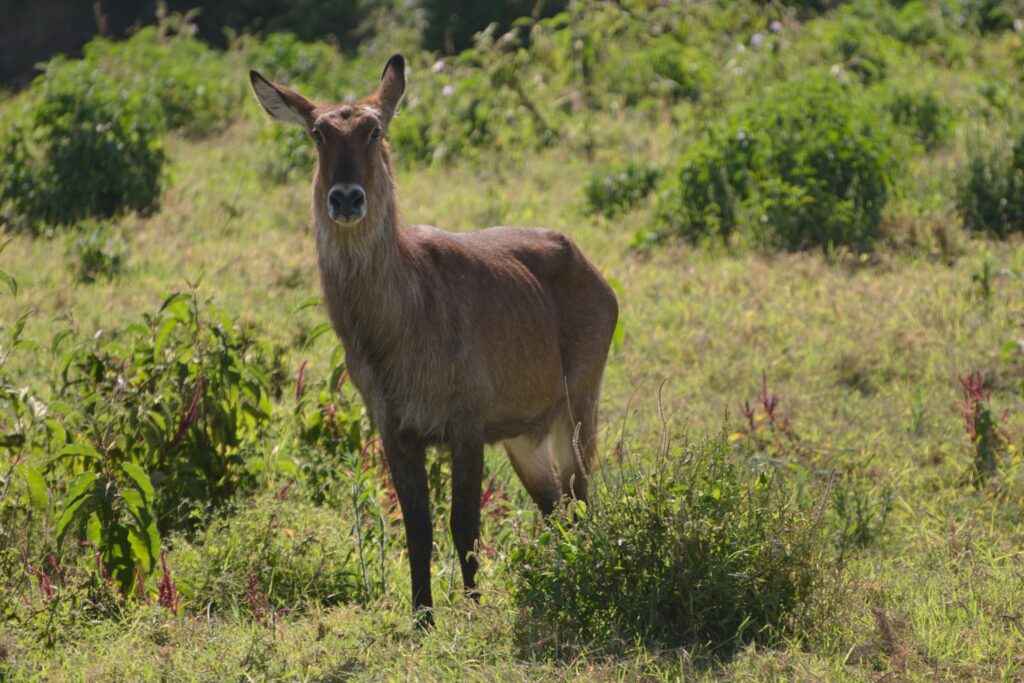
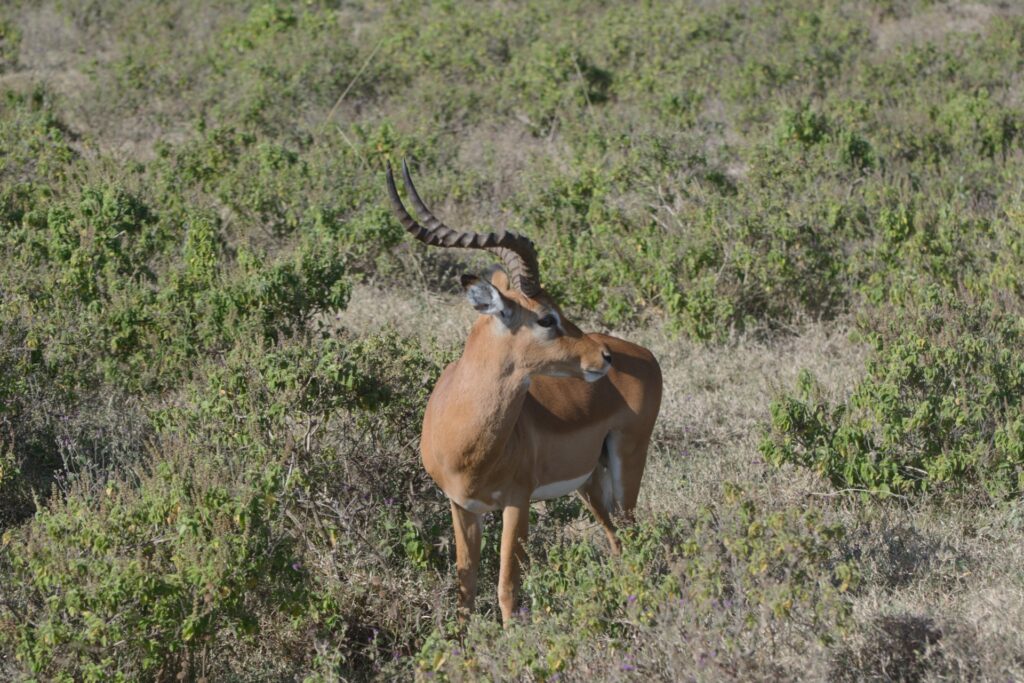
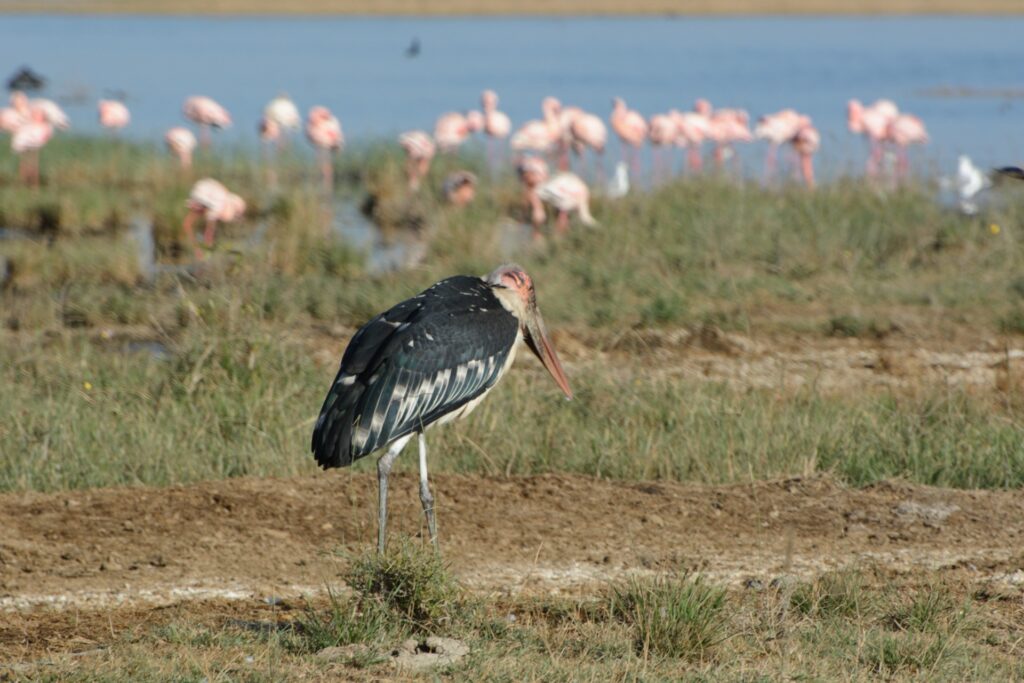
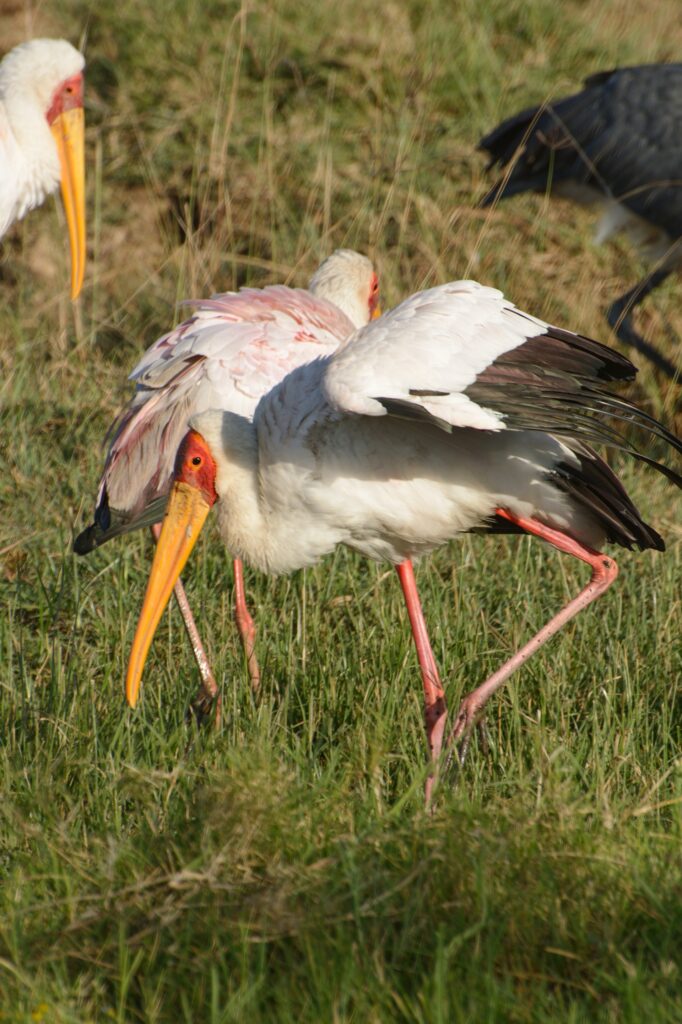
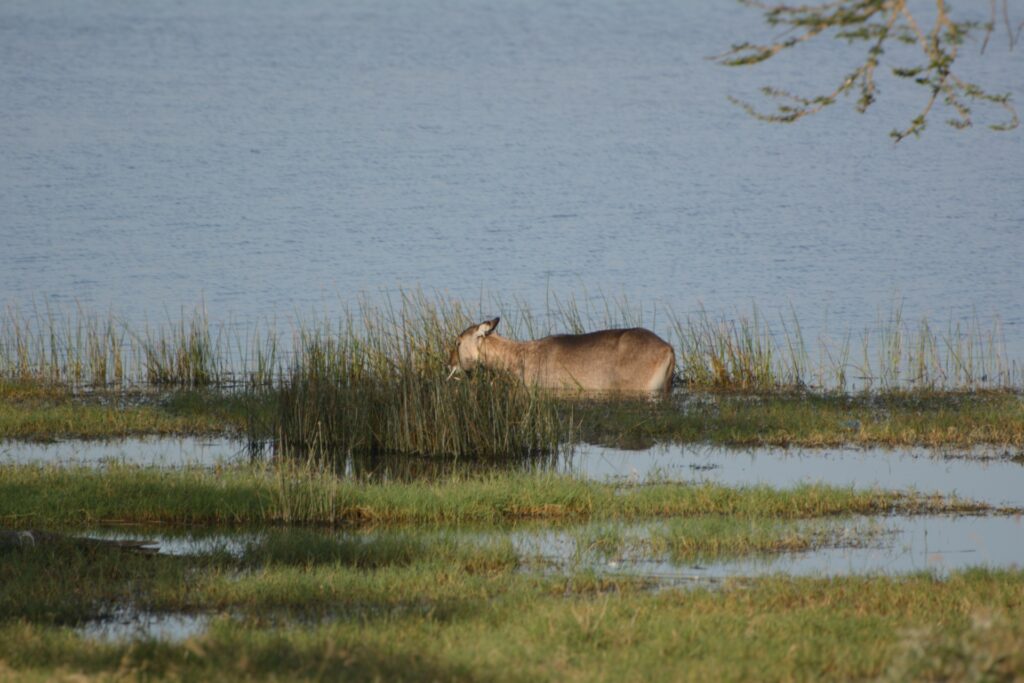
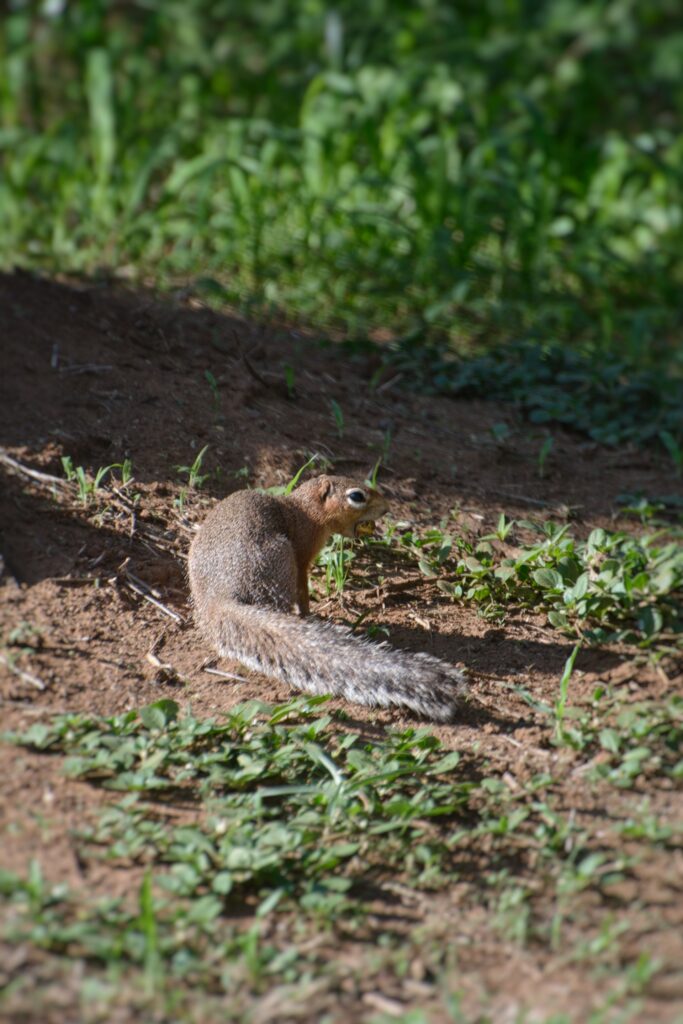
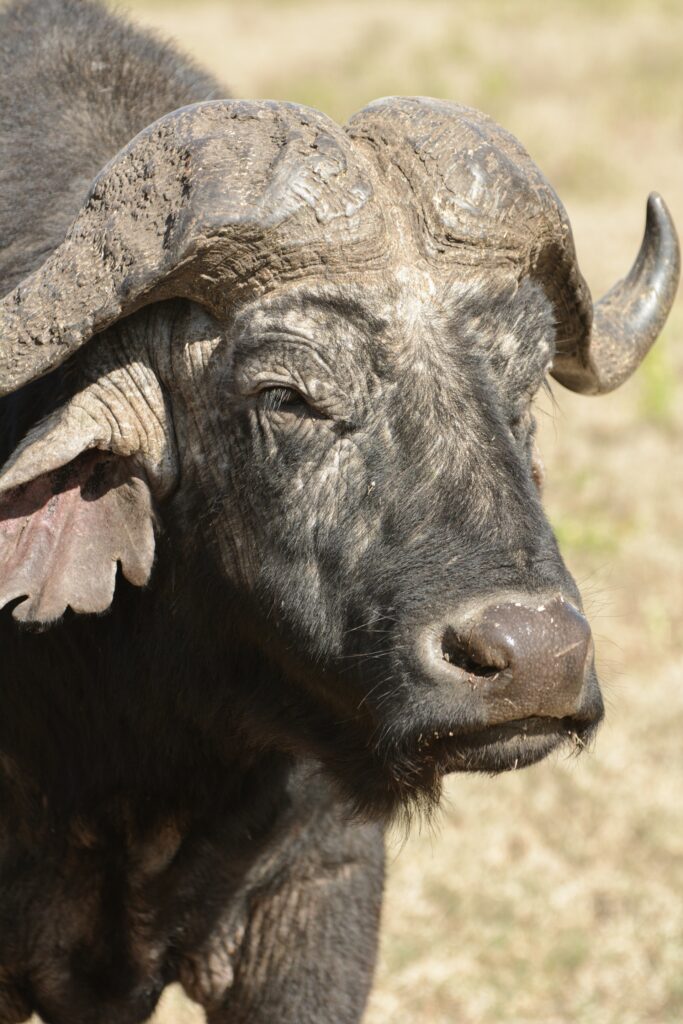
Then, we had a long drive to Amboseli. In hindsight, a separate tour to that part of Kenya would have made more sense instead of spending seven hours each way just for one park. At least we were rewarded with the beautiful sight of the Kilimanjaro in the background. In the Amboseli National Park, we witnessed large Elephant herds wandering the land. They always take the same paths and especially when crossing roads they march in a column. It is quite spectacular to see seventy elephants crossing in front of the vehicle one after the other.
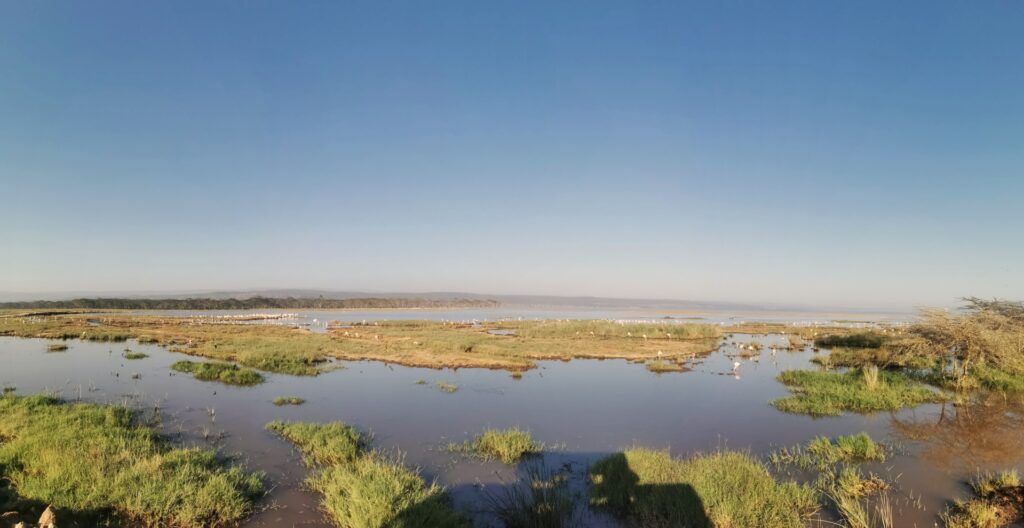
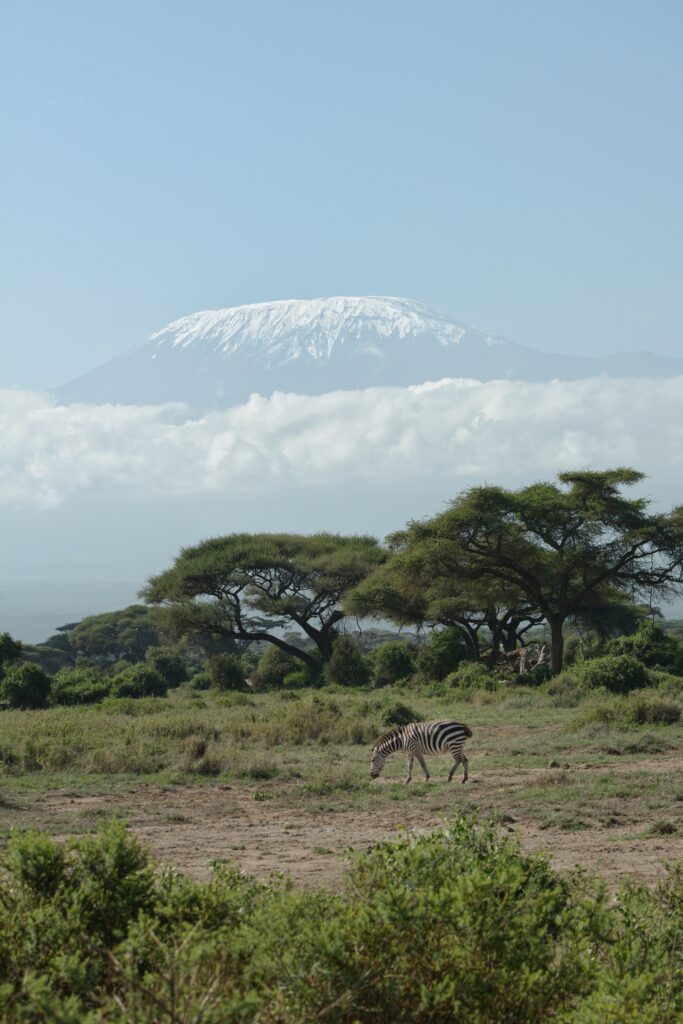
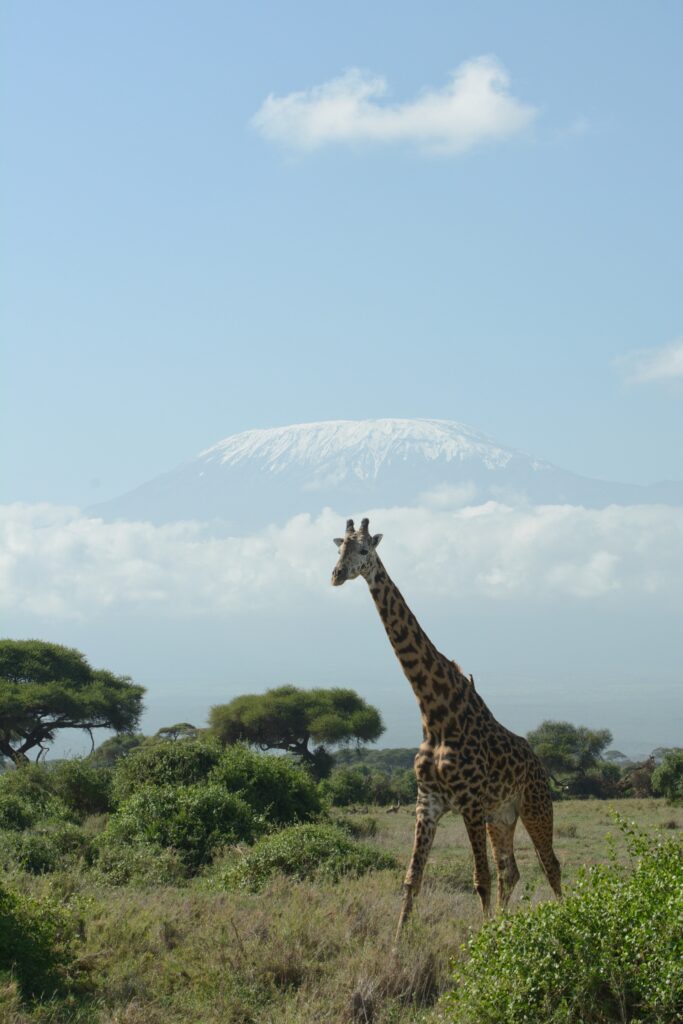
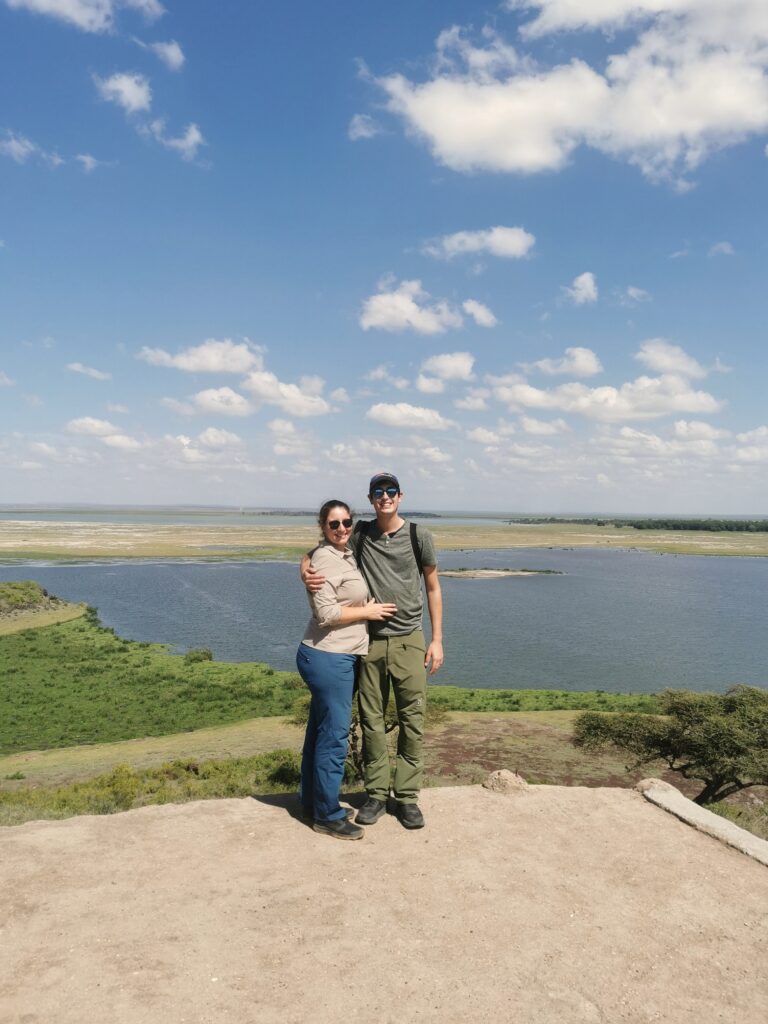
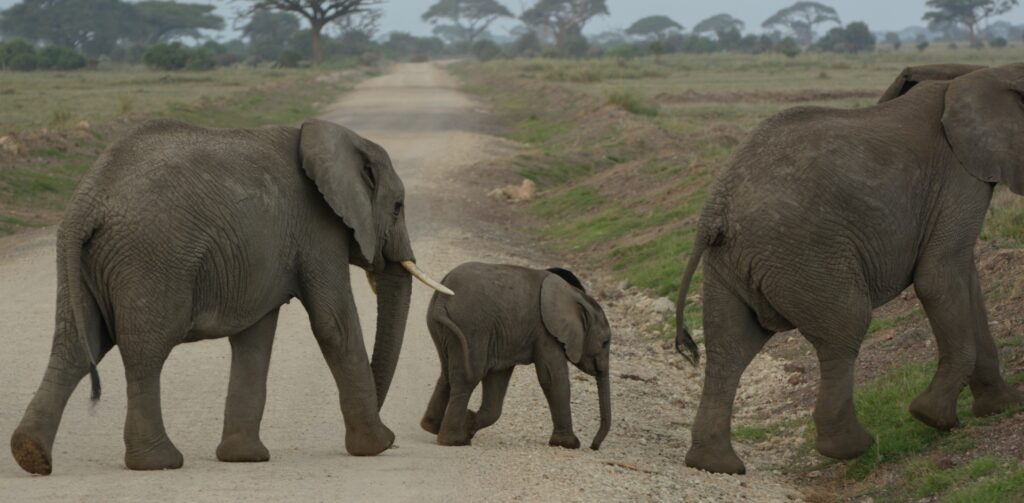
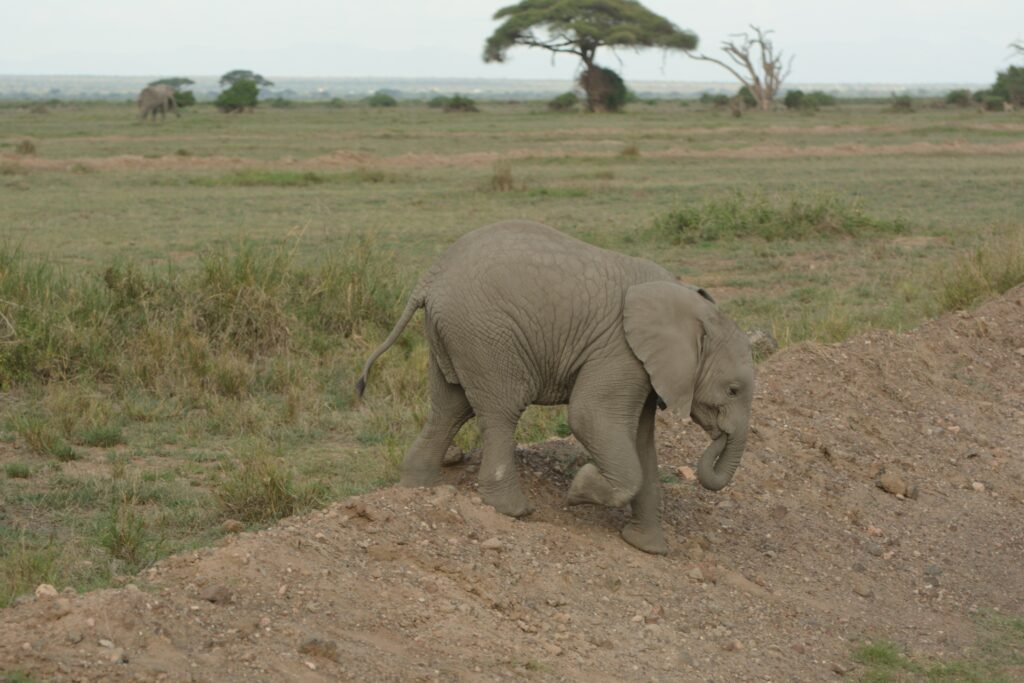
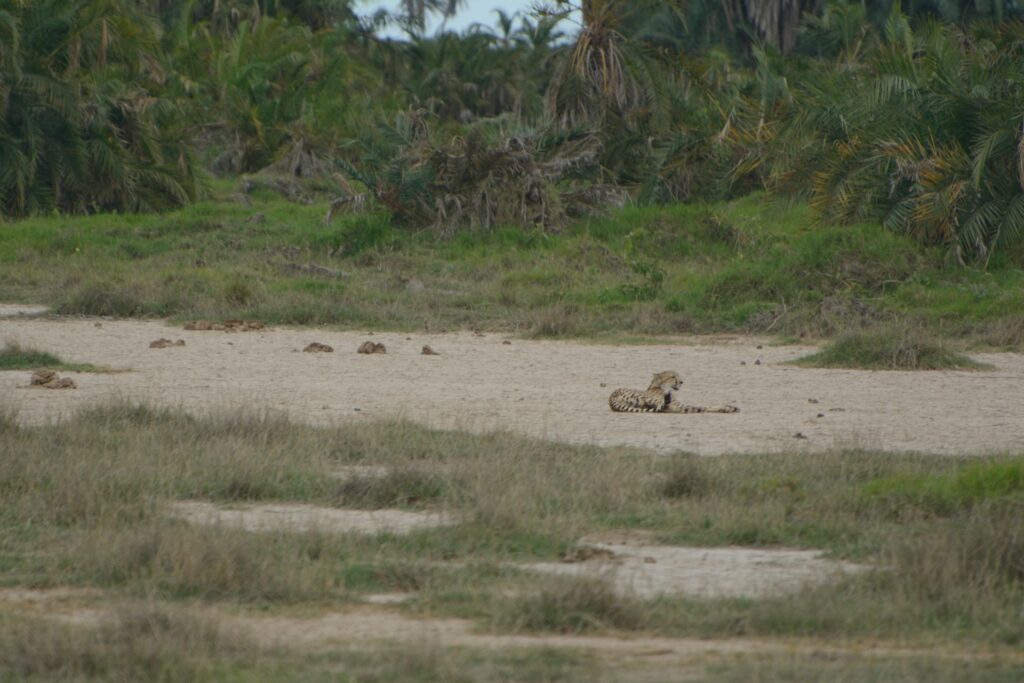
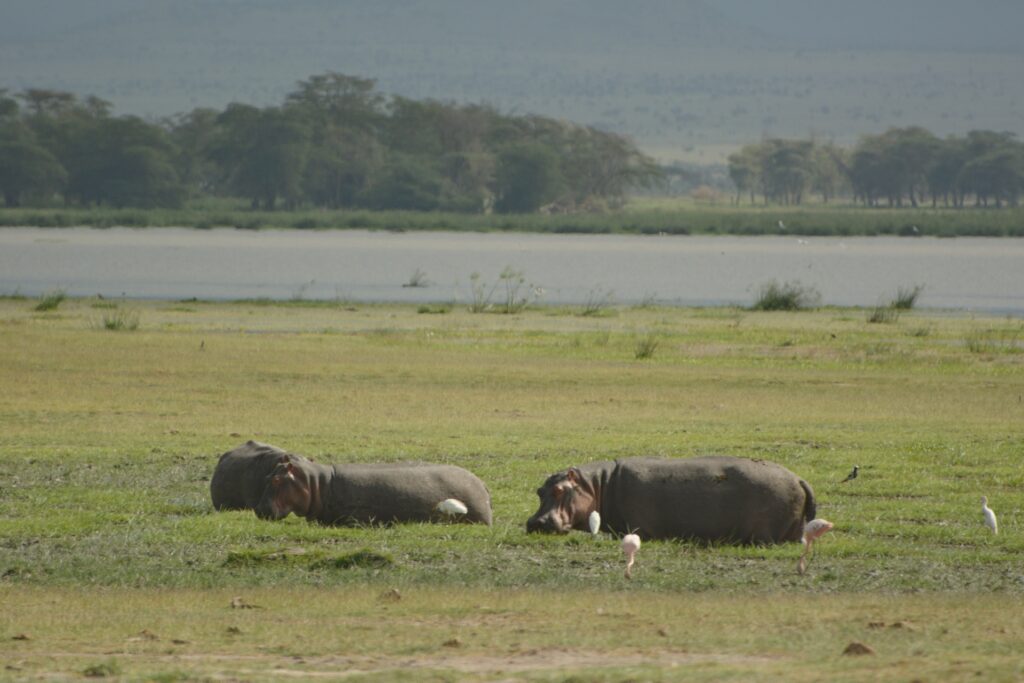
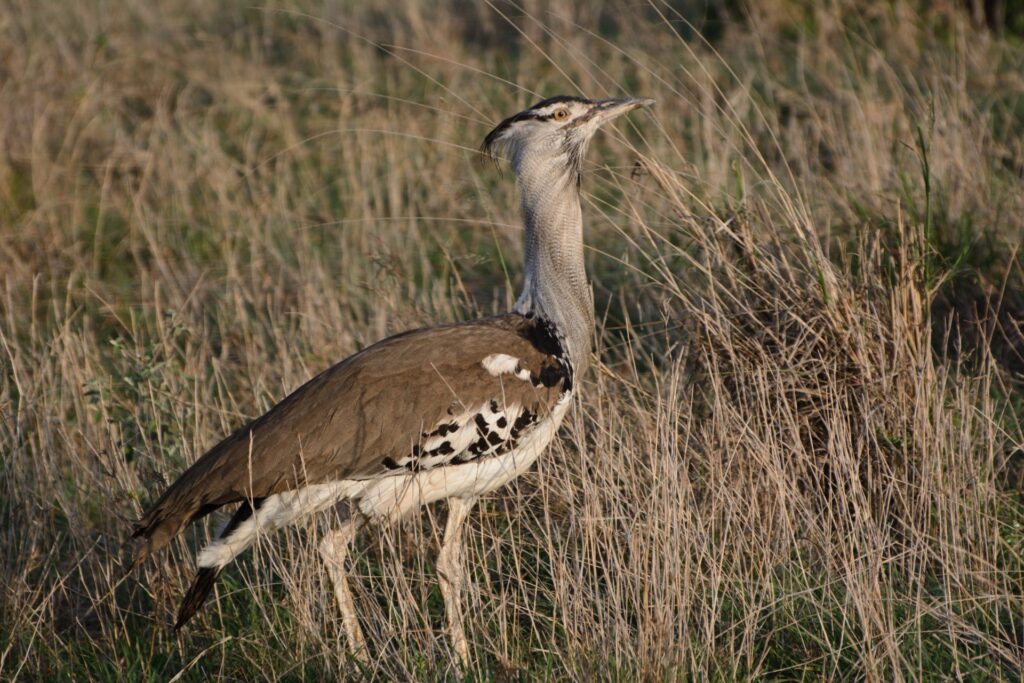
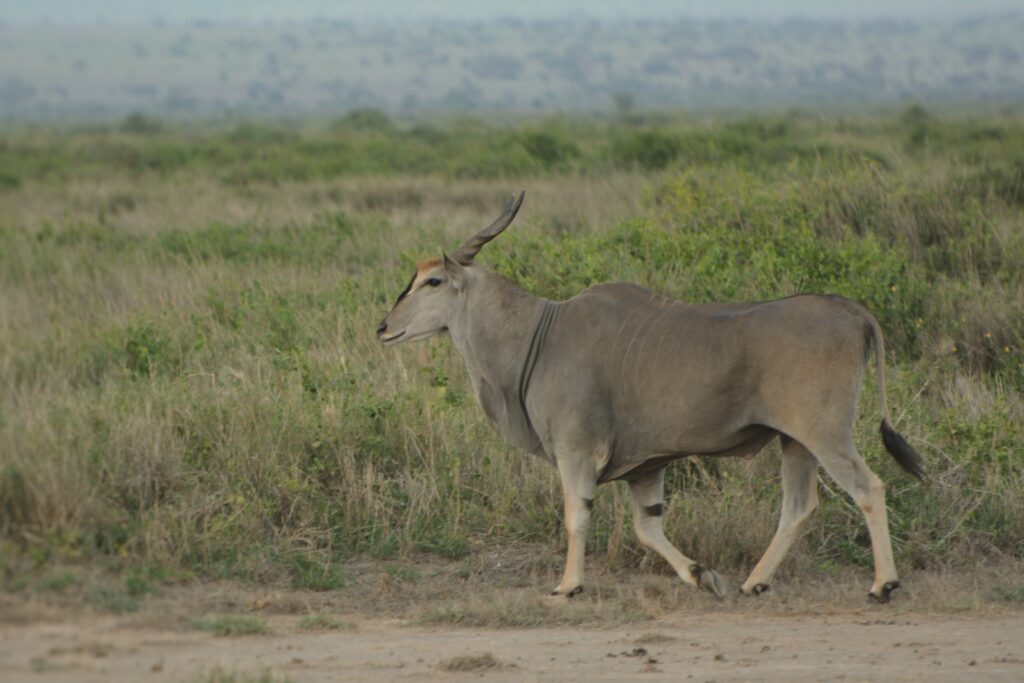
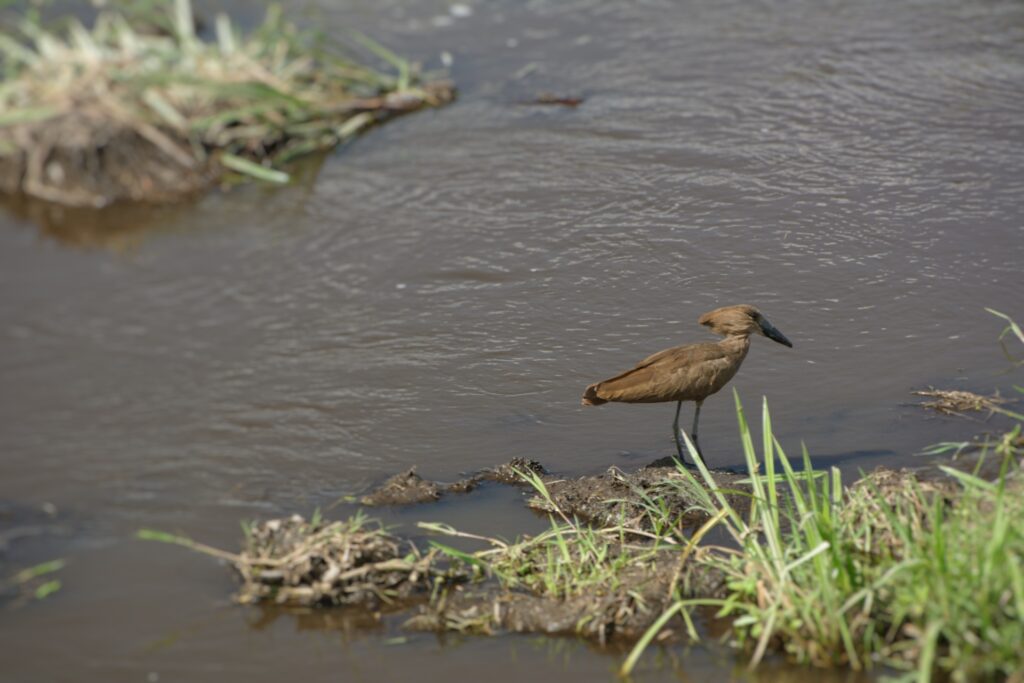
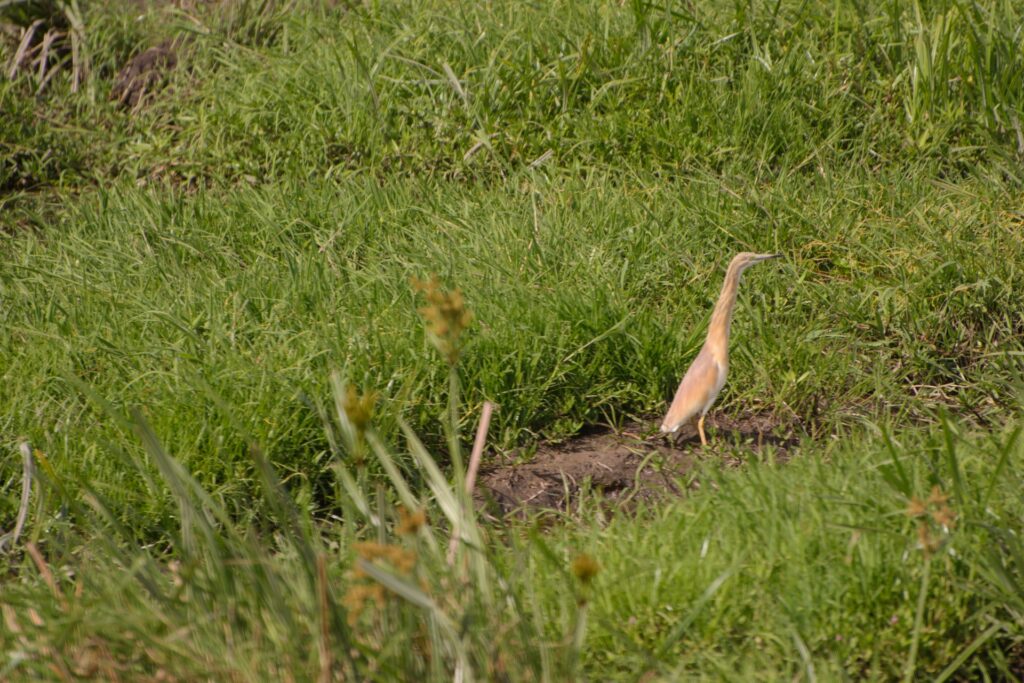

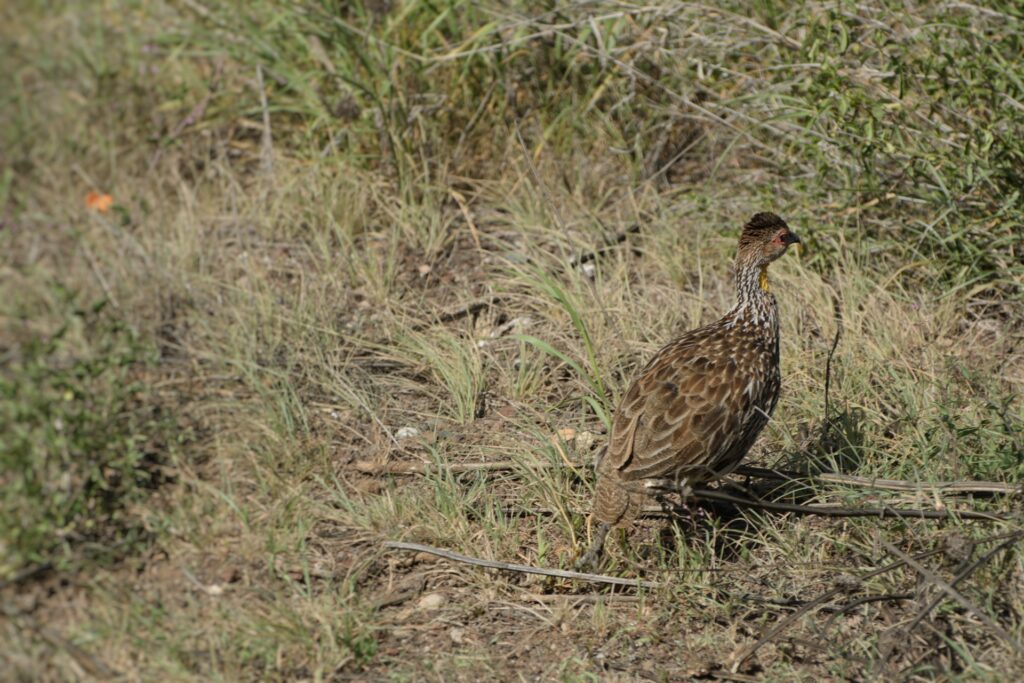
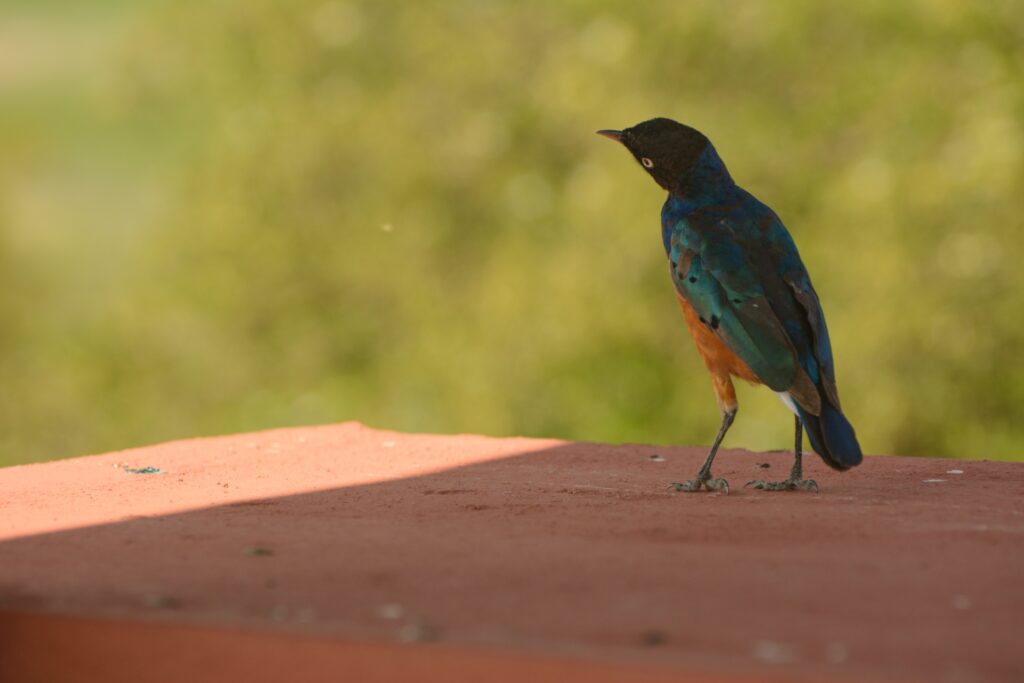
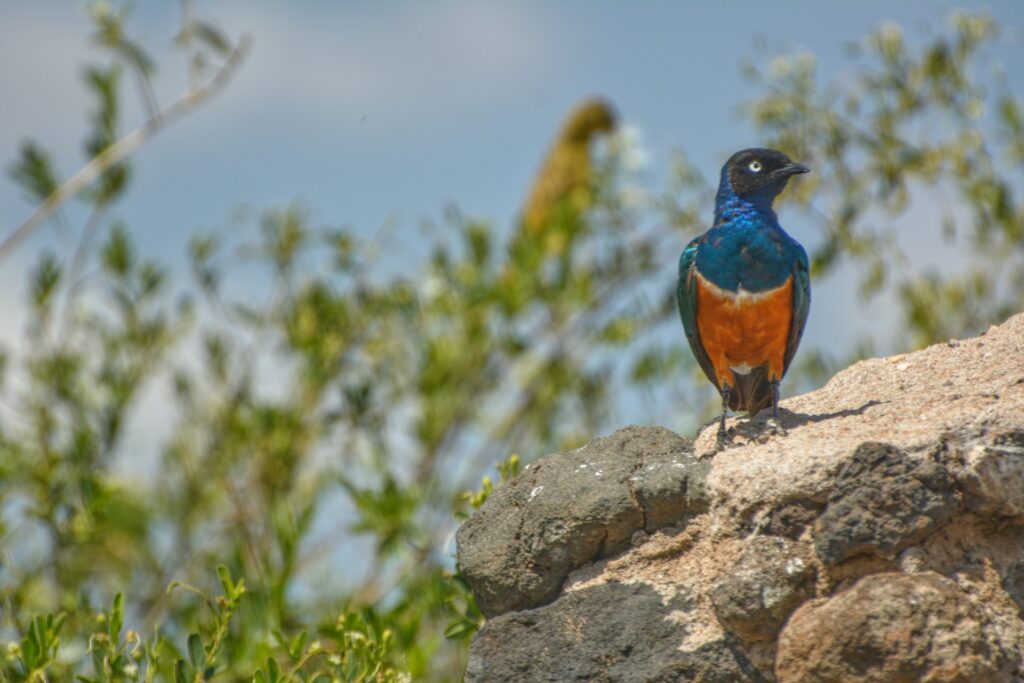
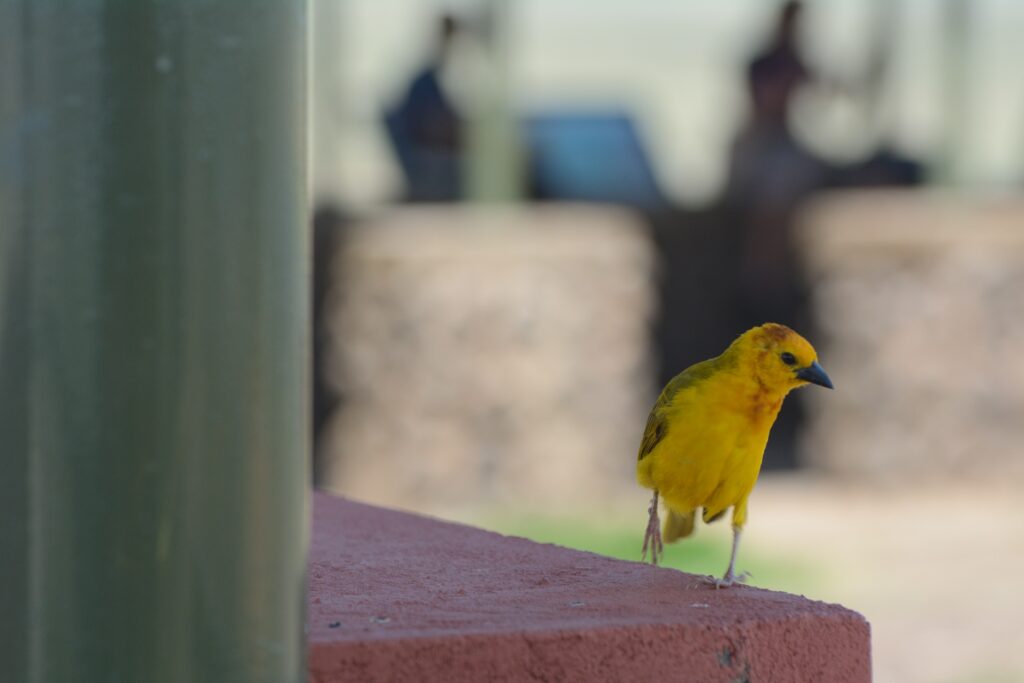
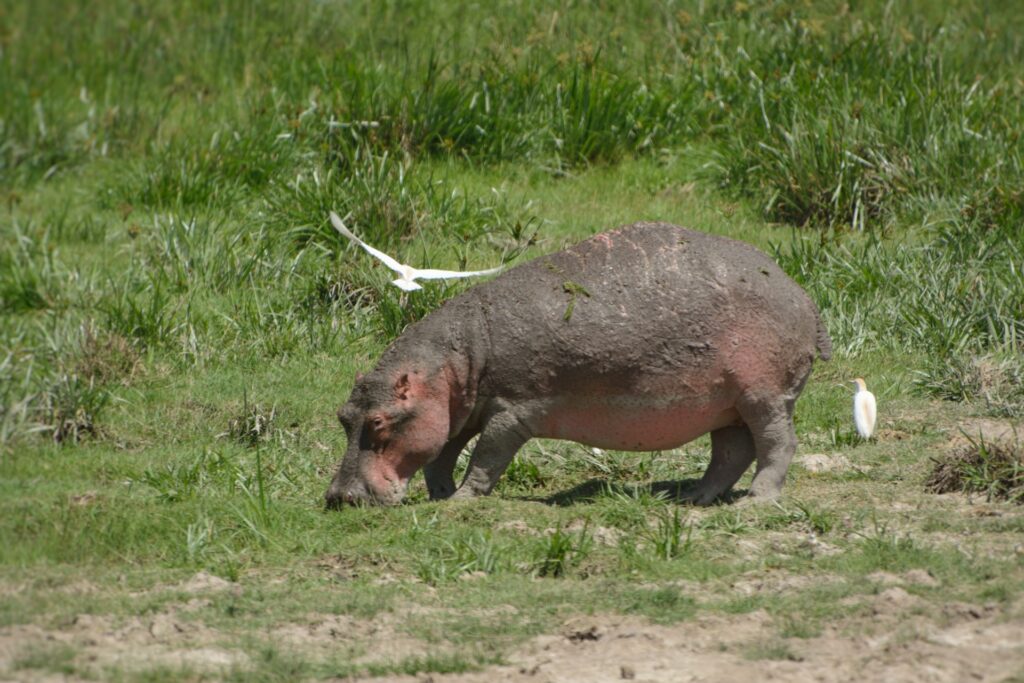
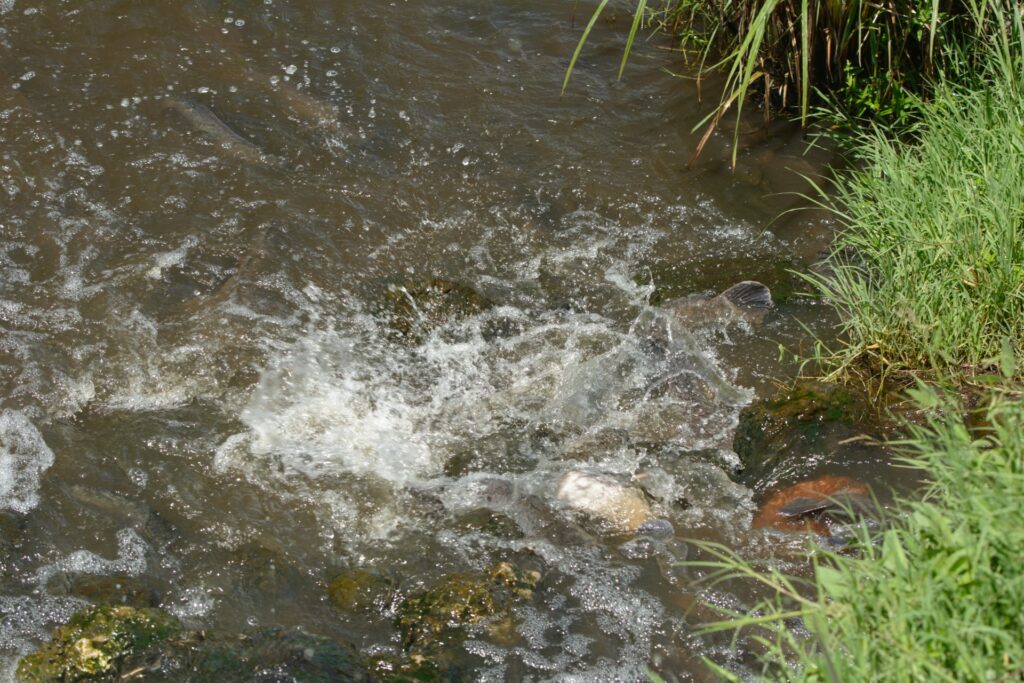
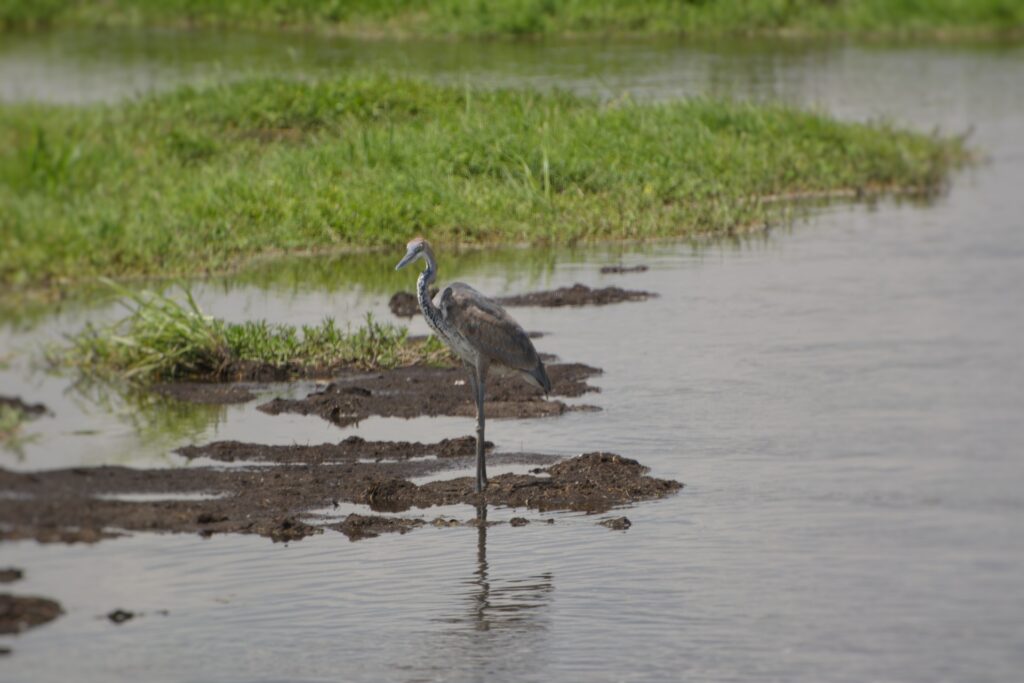
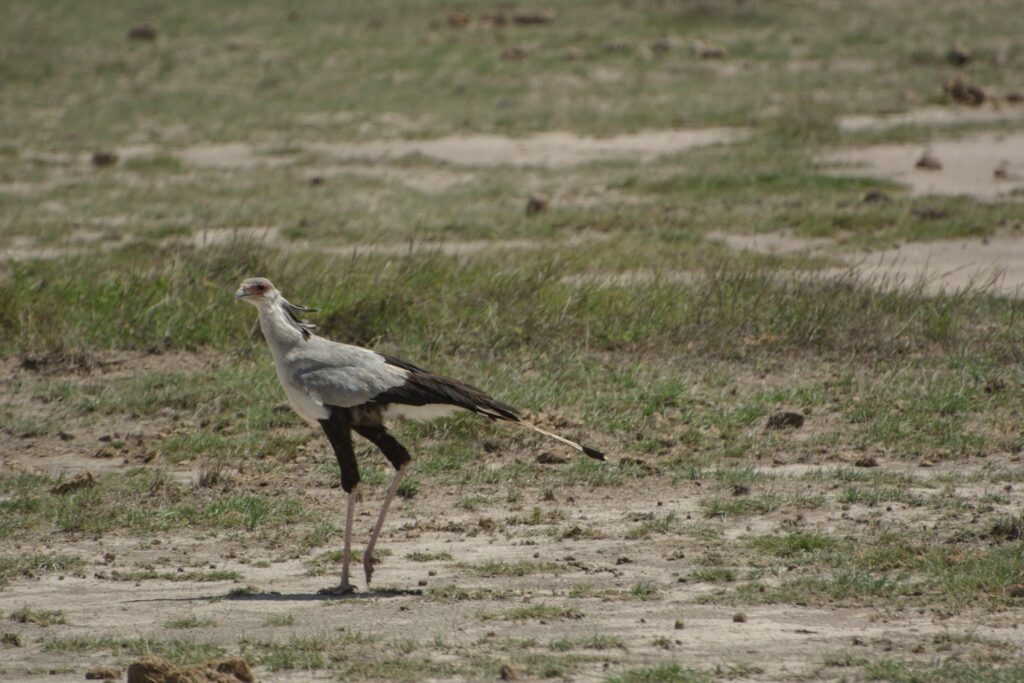
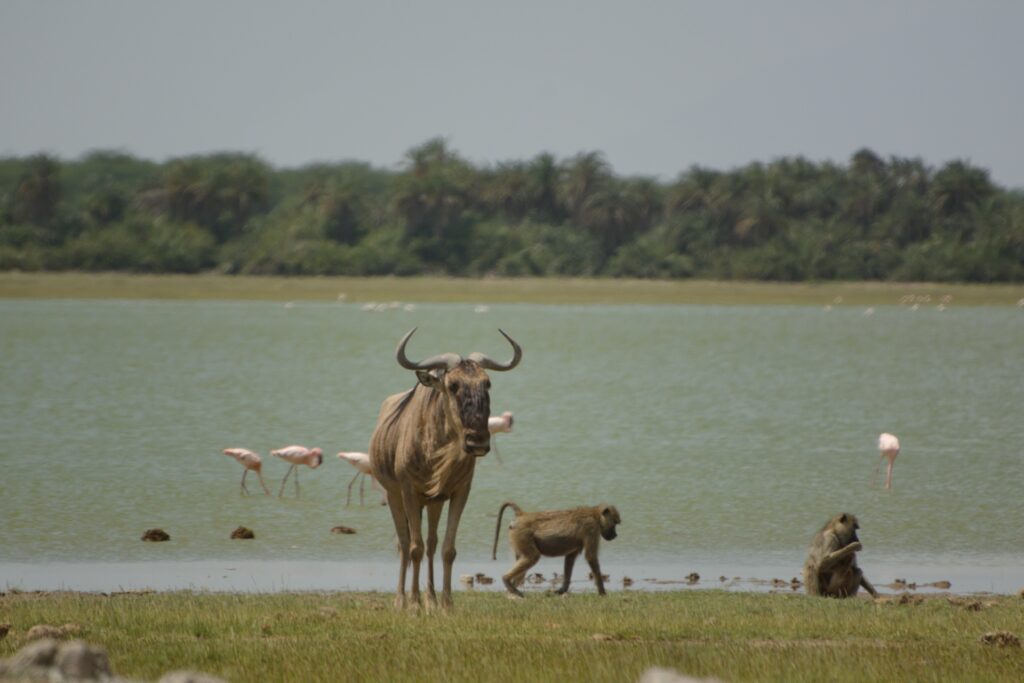
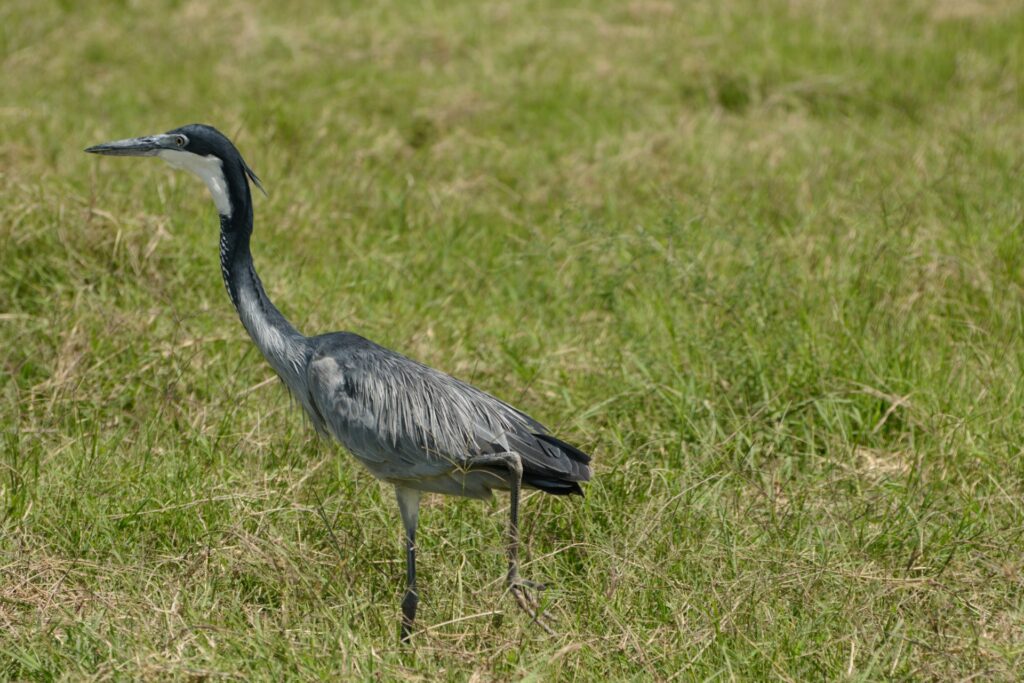
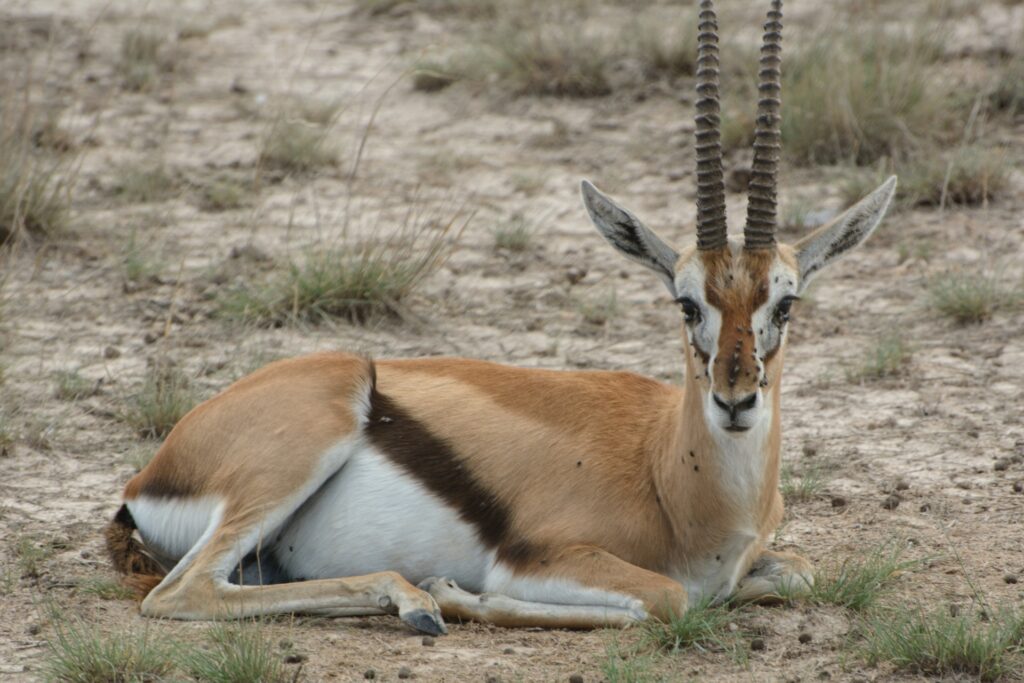
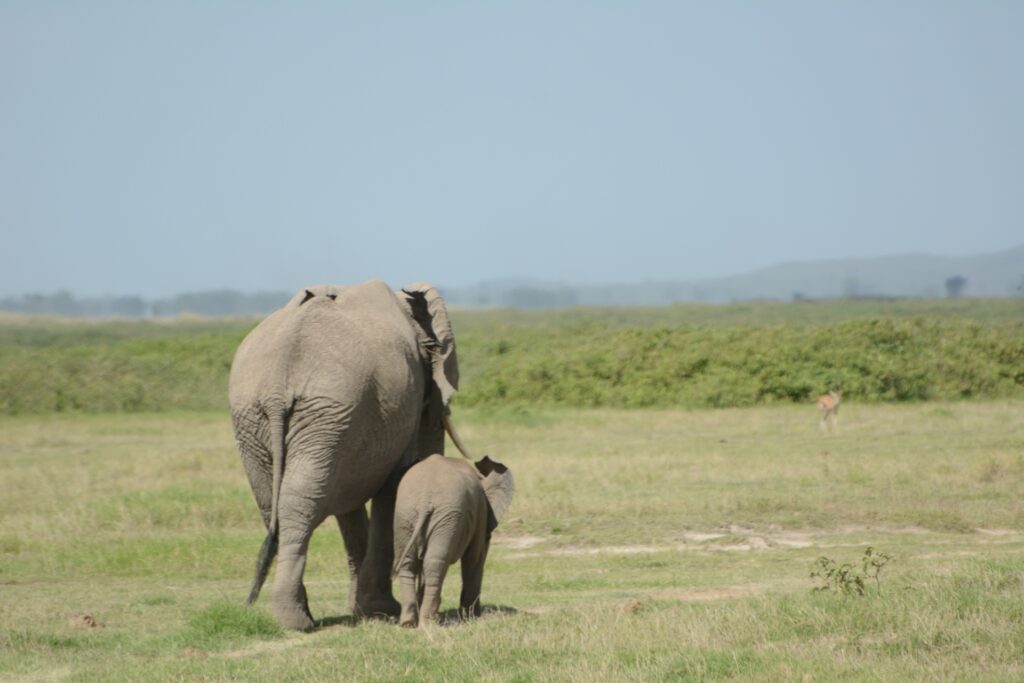
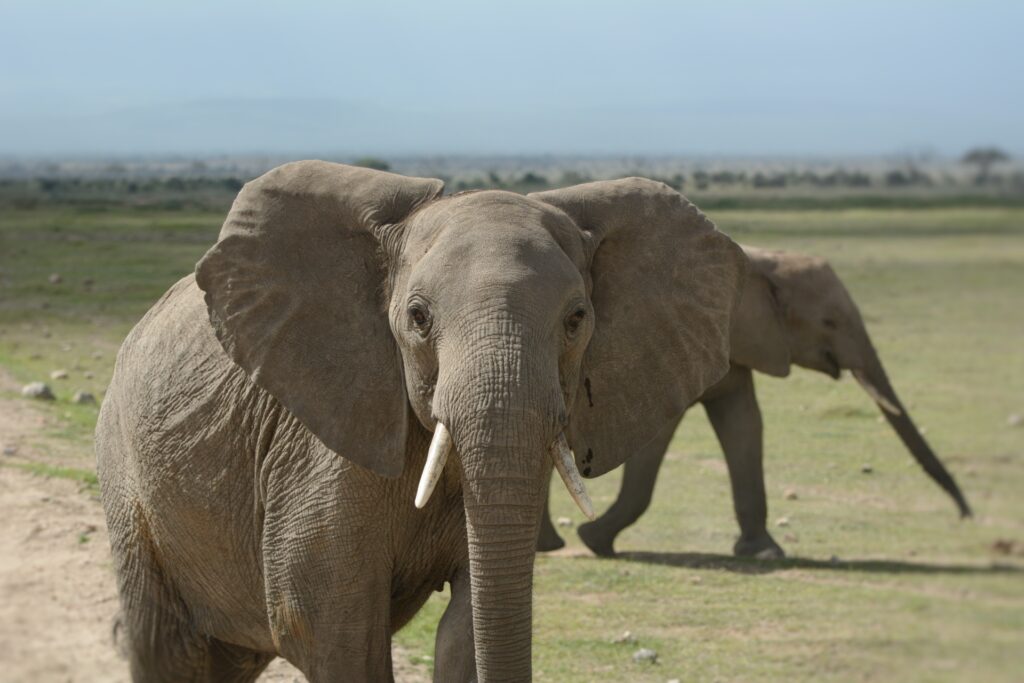
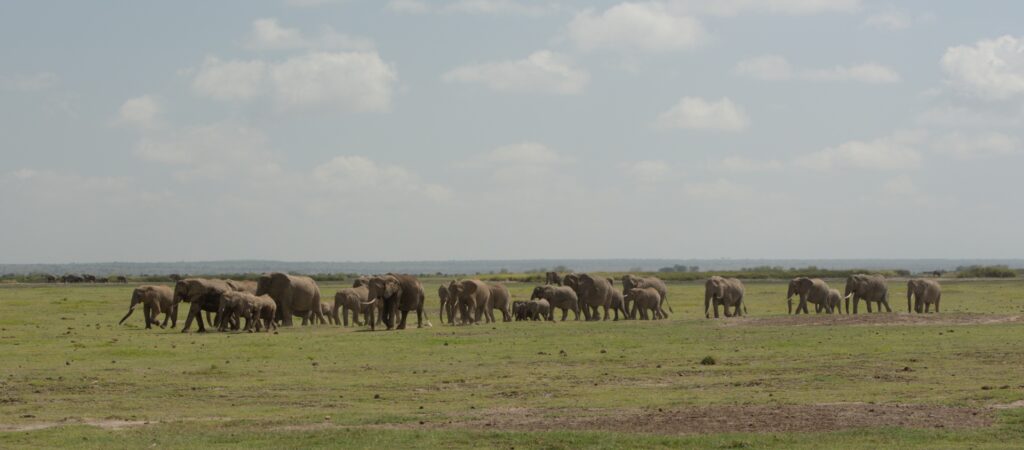
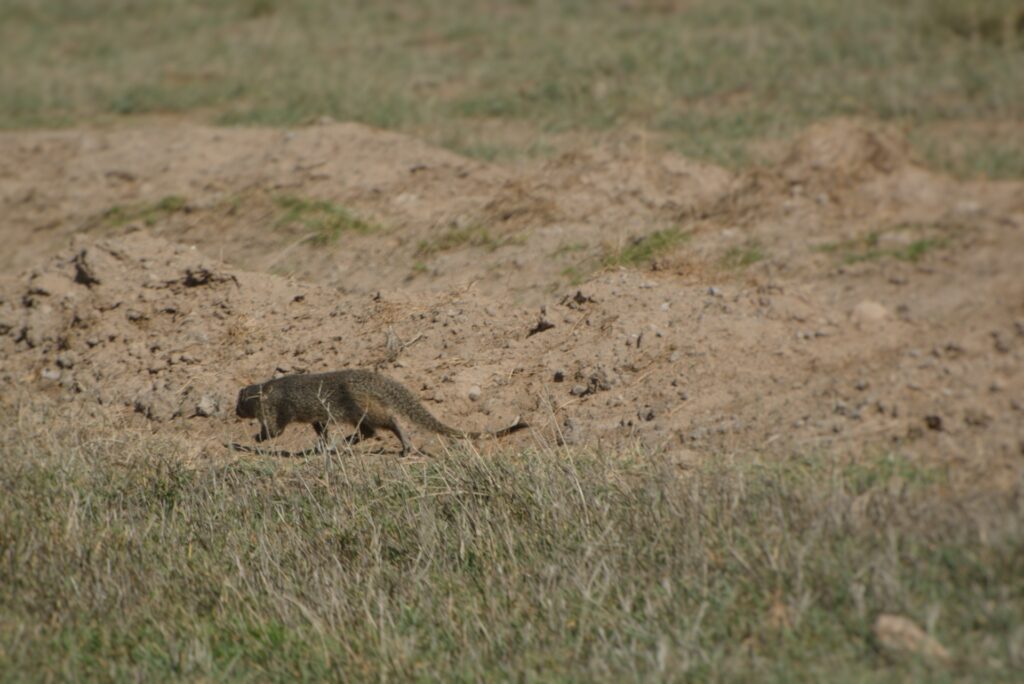
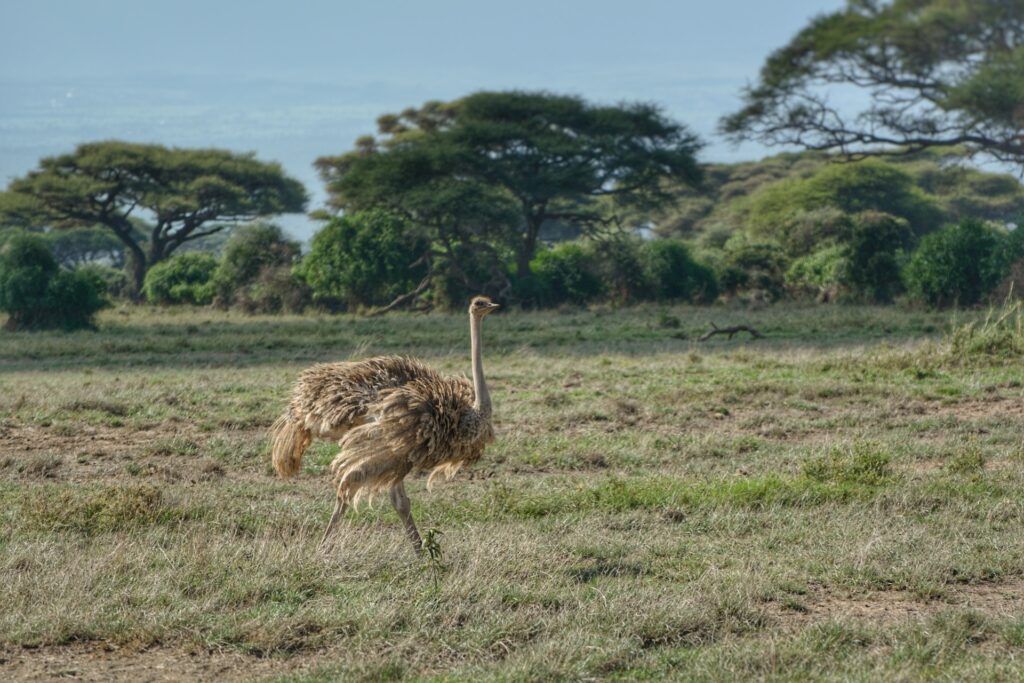
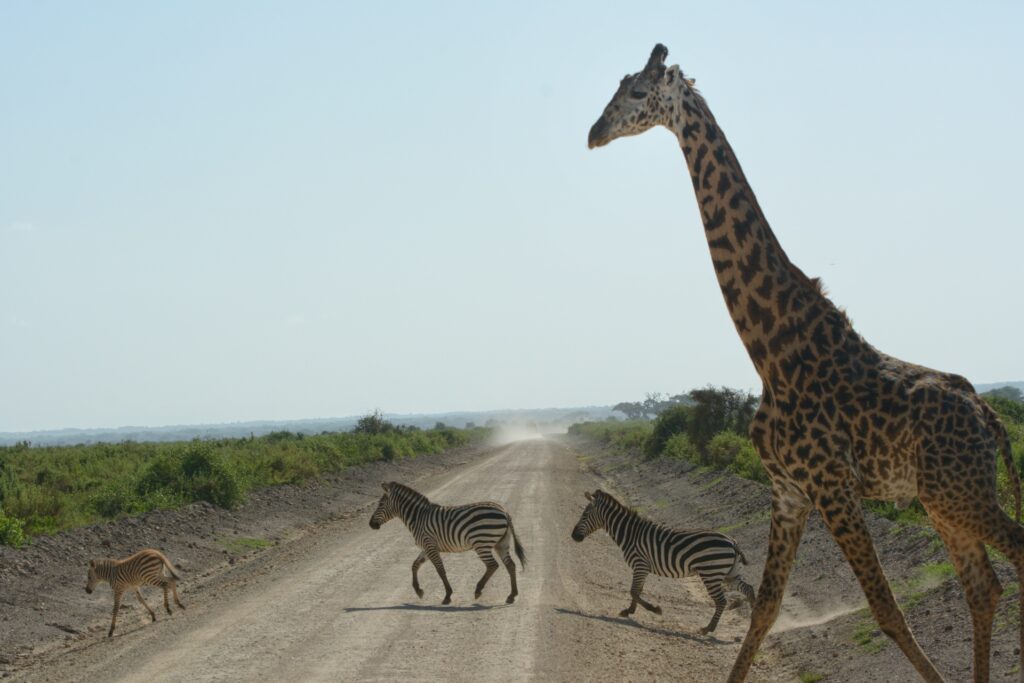
CONCLUSION
We thoroughly enjoyed Kenya and would have gladly spent a few more days and weeks there. Maybe another time – this time we had to travel onwards to Tanzania (Thierry’s brother came to visit!). On top of the breath taking wildlife we loved the welcoming people and the wilderness that couldn’t even be tamed by a big city.
